From Santorini our Greek island cruise led us south to the island of Crete – specifically to its capital, the port city of Heraklion.
Amongst other things that we encountered during our brief sojourn there I was particularly taken with these two tugs in the harbour. Specifically I was fascinated by the extraordinary disparity in size between them. The little one looks like a toy!
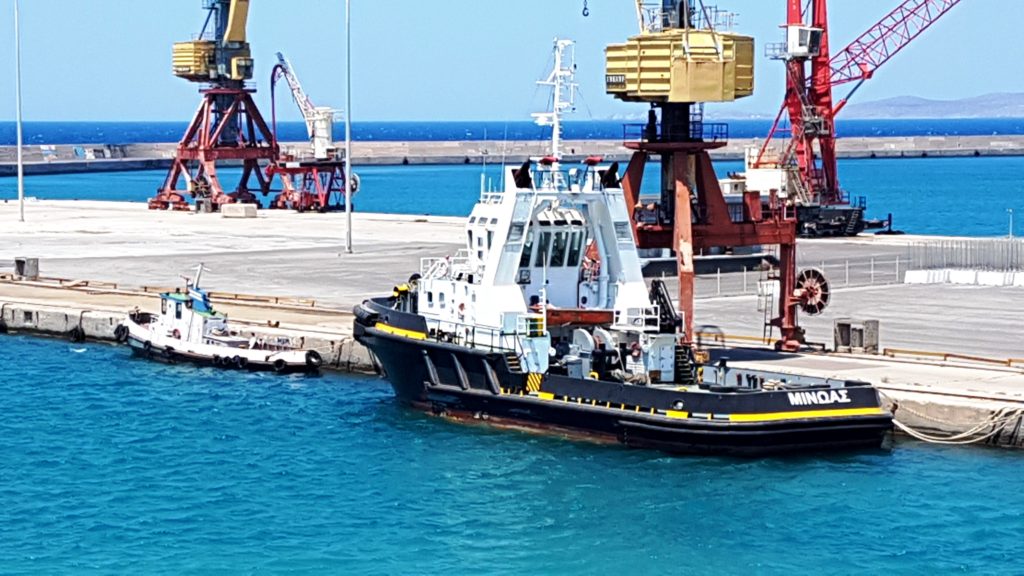 I also like the dancing cranes in the port – and the decorative umbrellas in this little backwater in town:
I also like the dancing cranes in the port – and the decorative umbrellas in this little backwater in town:
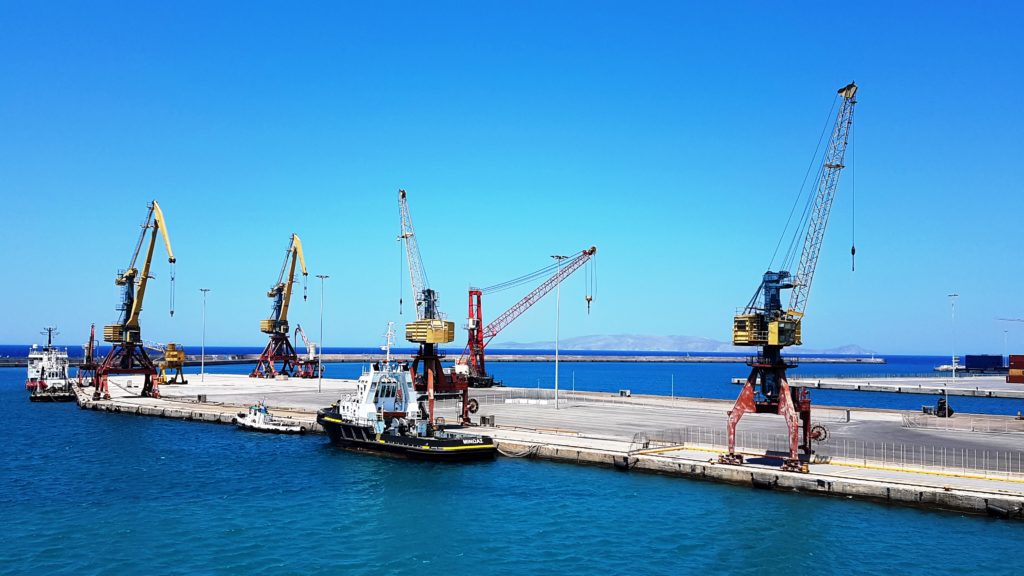
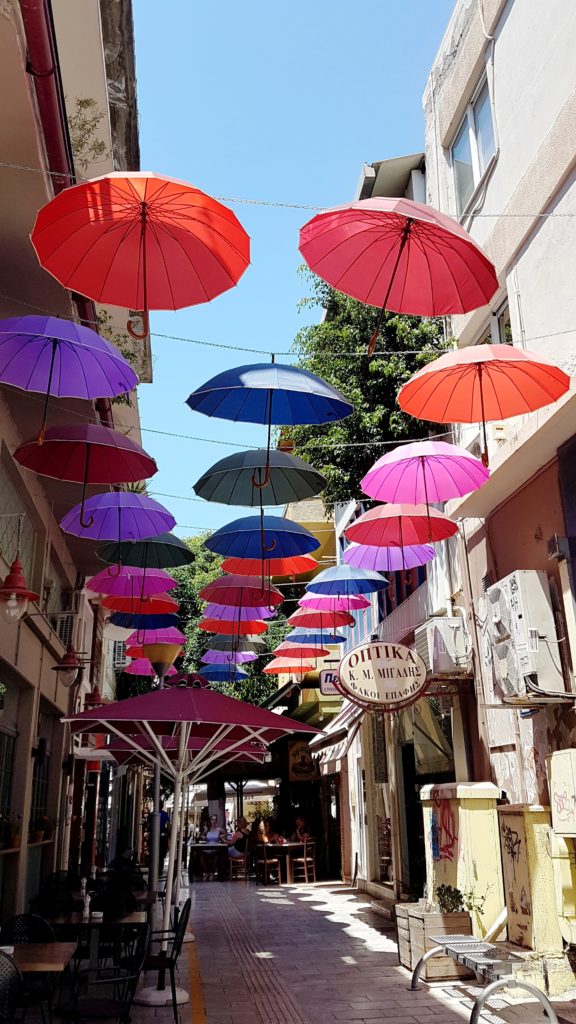 What one really goes to Heraklion for, though, is to prospect the site of the ancient palace of Knossos – regarding which Wikipedia helpfully offers us this:
What one really goes to Heraklion for, though, is to prospect the site of the ancient palace of Knossos – regarding which Wikipedia helpfully offers us this:
“Knossos is the largest Bronze Age archaeological site on Crete and has been called Europe’s oldest city. Settled as early as the Neolithic period, the name Knossos survives from ancient Greek references to the major city of Crete. The palace of Knossos eventually became the ceremonial and political centre of the Minoan civilization and culture. The palace was abandoned at some unknown time at the end of the Late Bronze Age, c. 1,380–1,100 BC. The reason why is unknown, but one of the many disasters that befell the palace is generally put forward.
The site was excavated and the palace complex found there partially restored under the direction of English archaeologist and pioneer in the study of Aegean civilization in the Bronze Age, Arthur Evans, in the earliest years of the 20th century.”
Most of the recovered artifacts are now in the Heraklion Archaeological Museum, whence these images were taken:
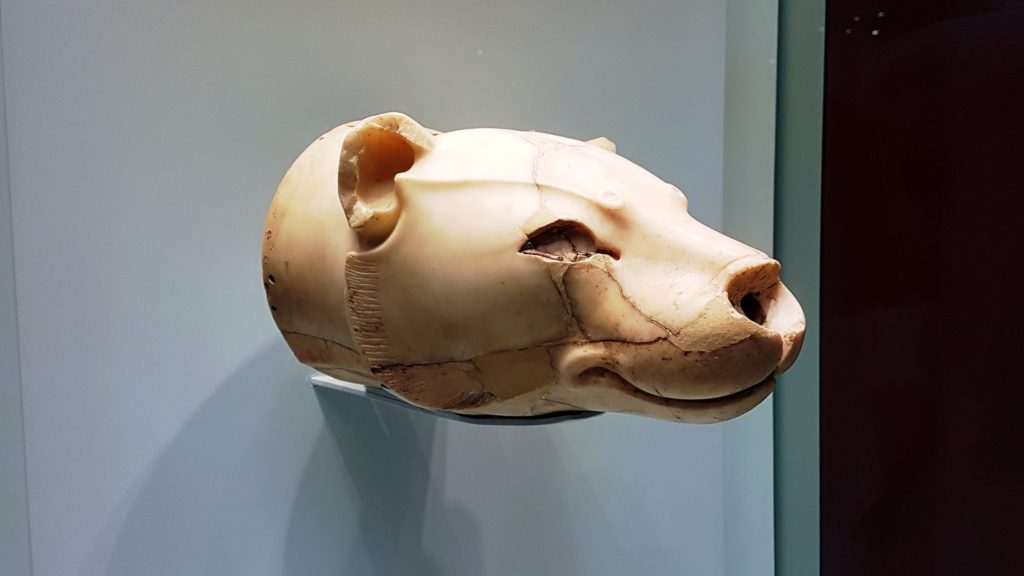
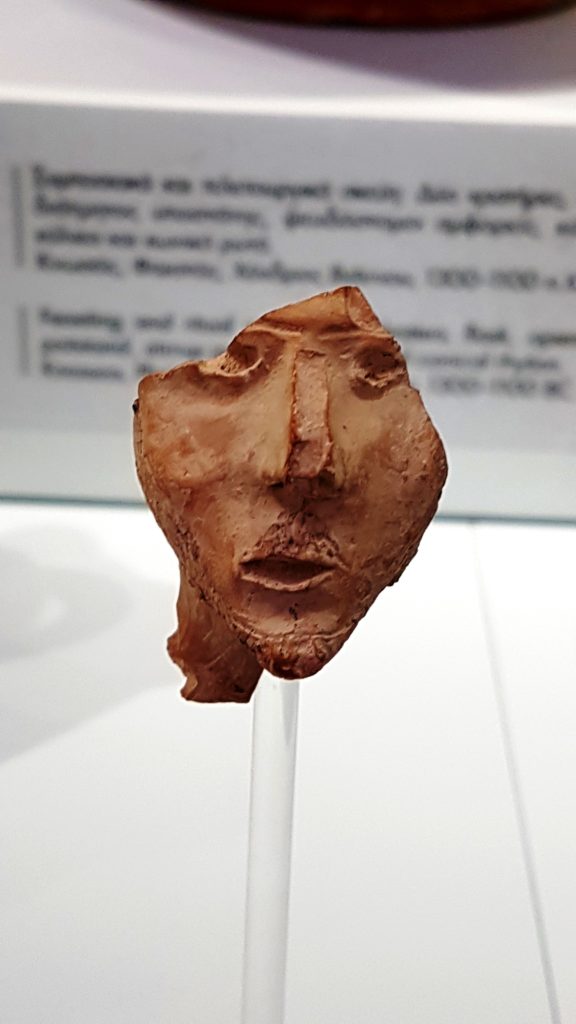
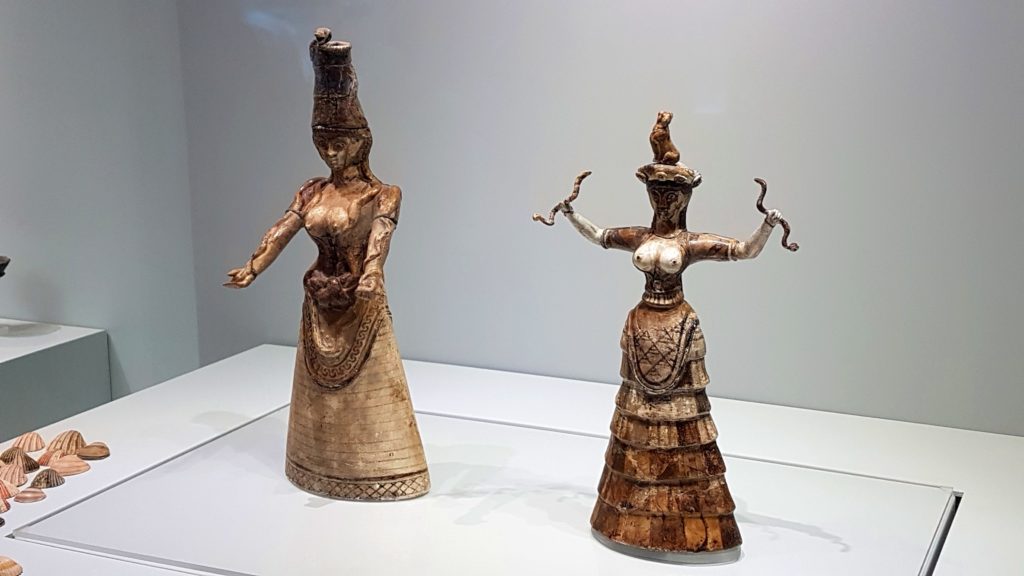
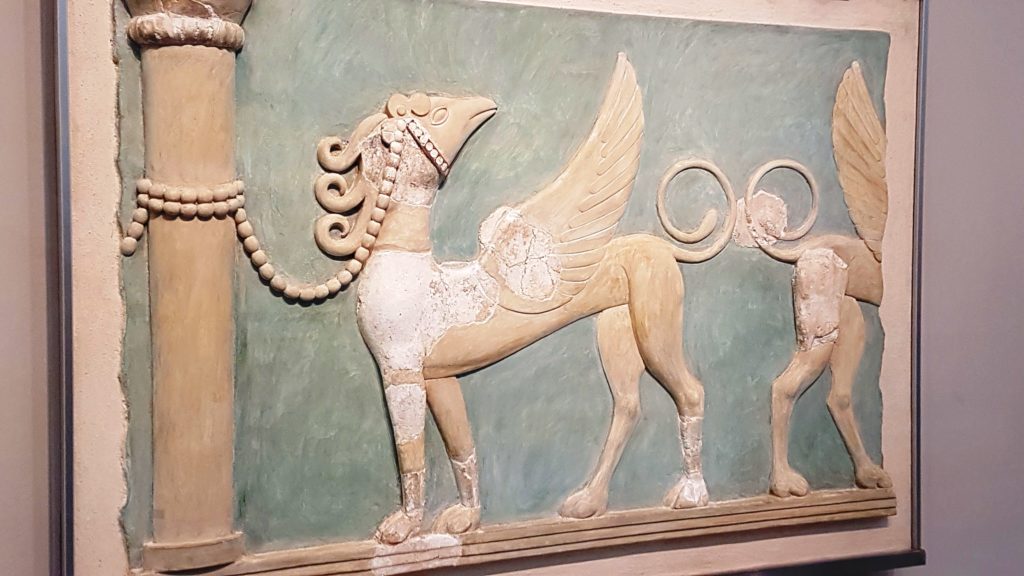
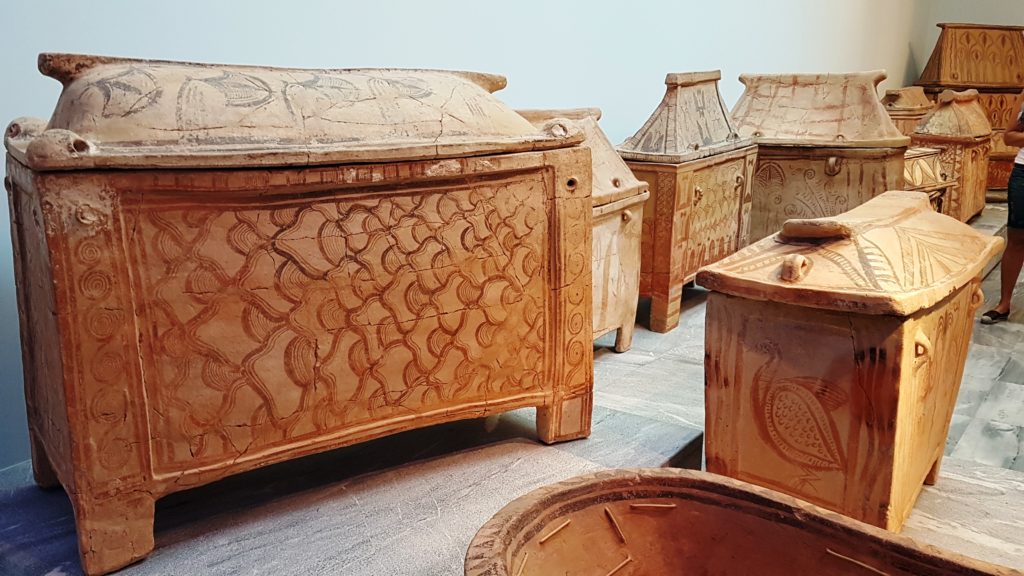
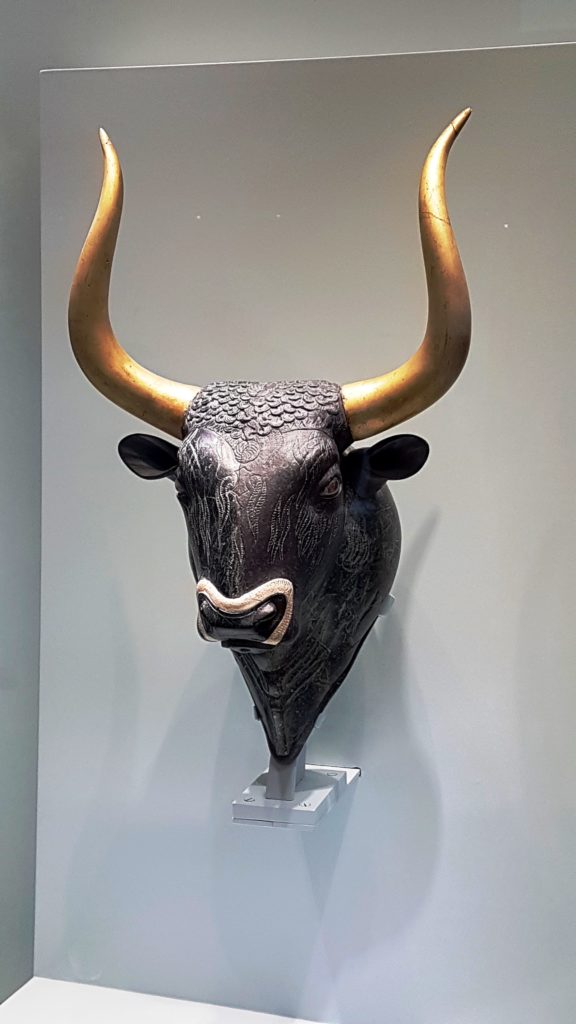 Images of bulls feature heavily, of course, as does the absurdly macho amusement of bull-leaping!
Images of bulls feature heavily, of course, as does the absurdly macho amusement of bull-leaping!
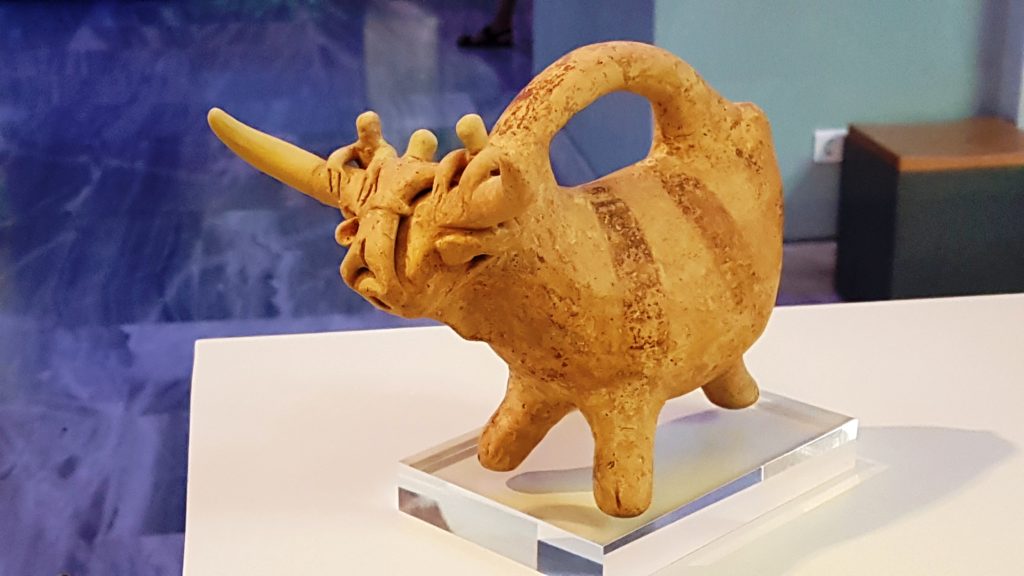

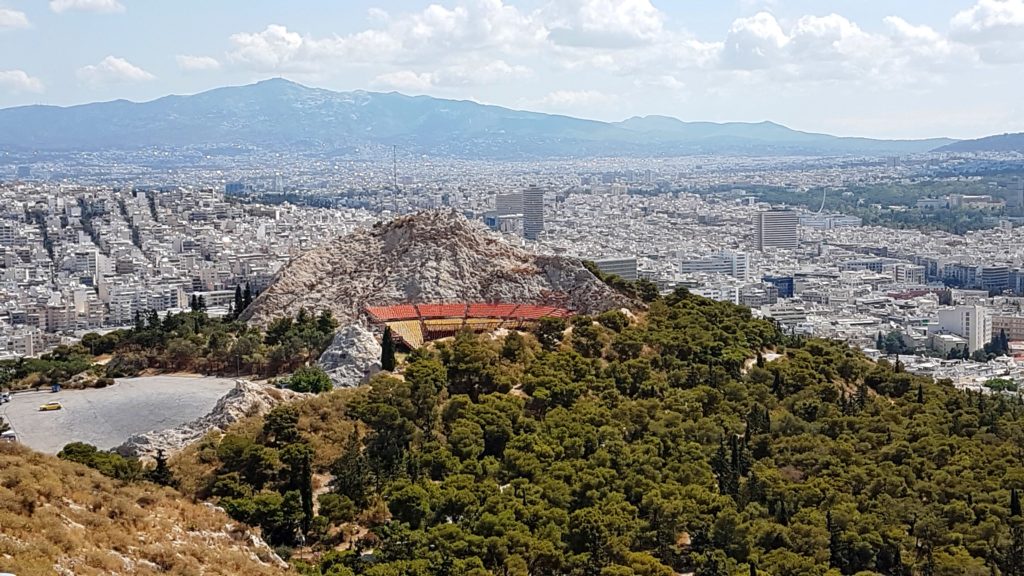
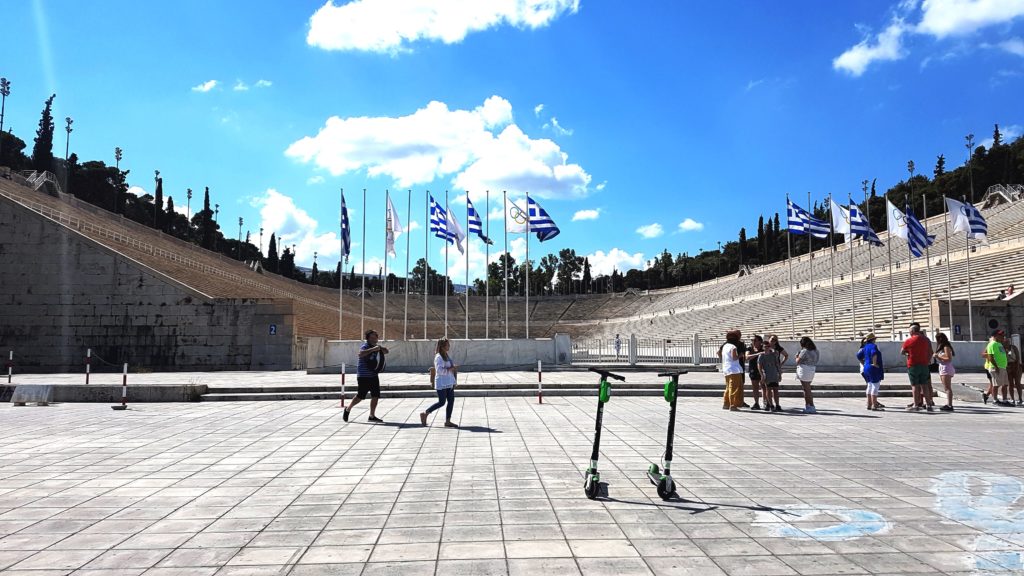
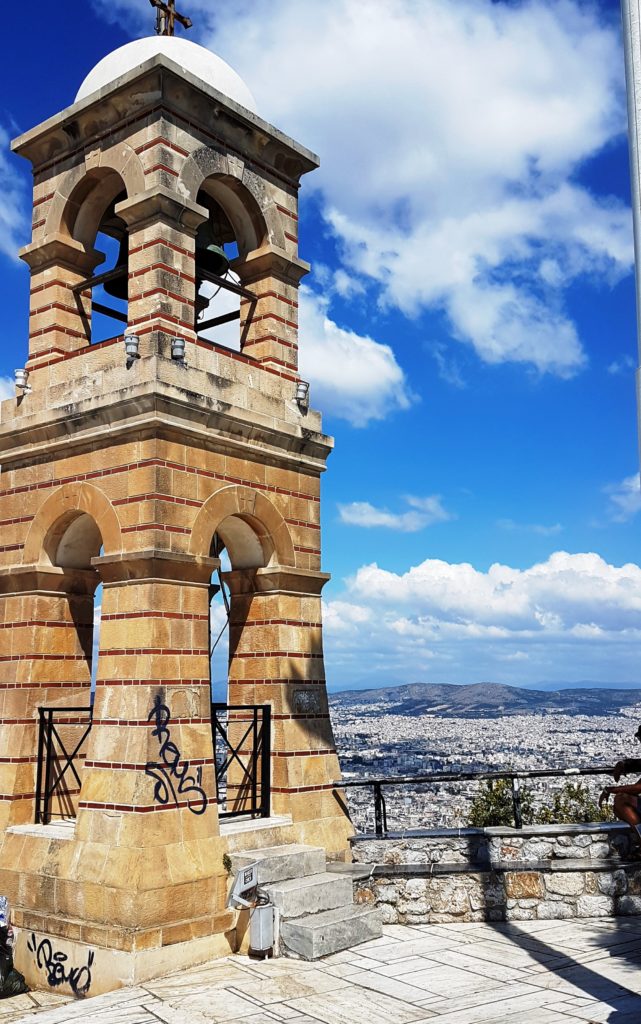
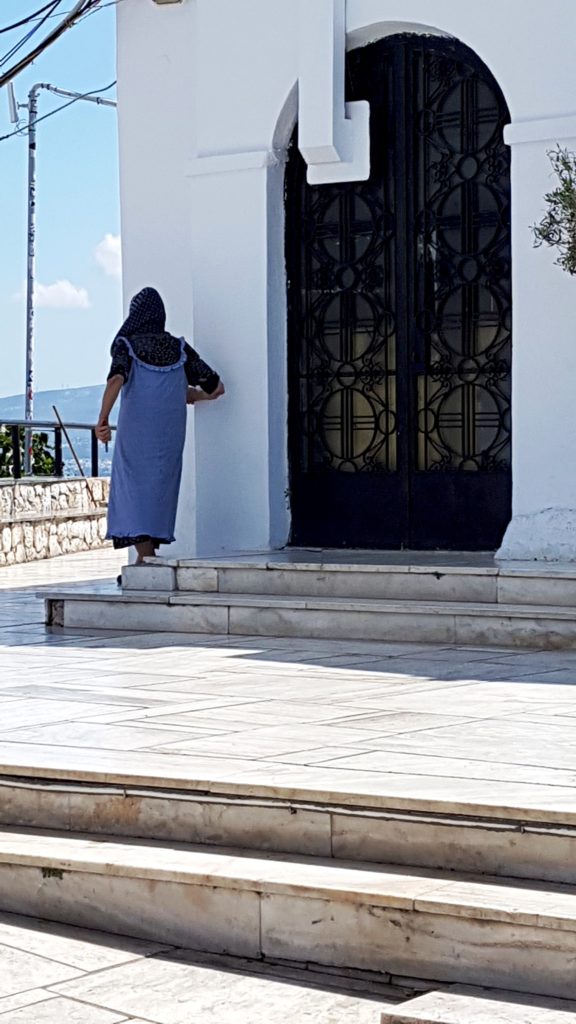
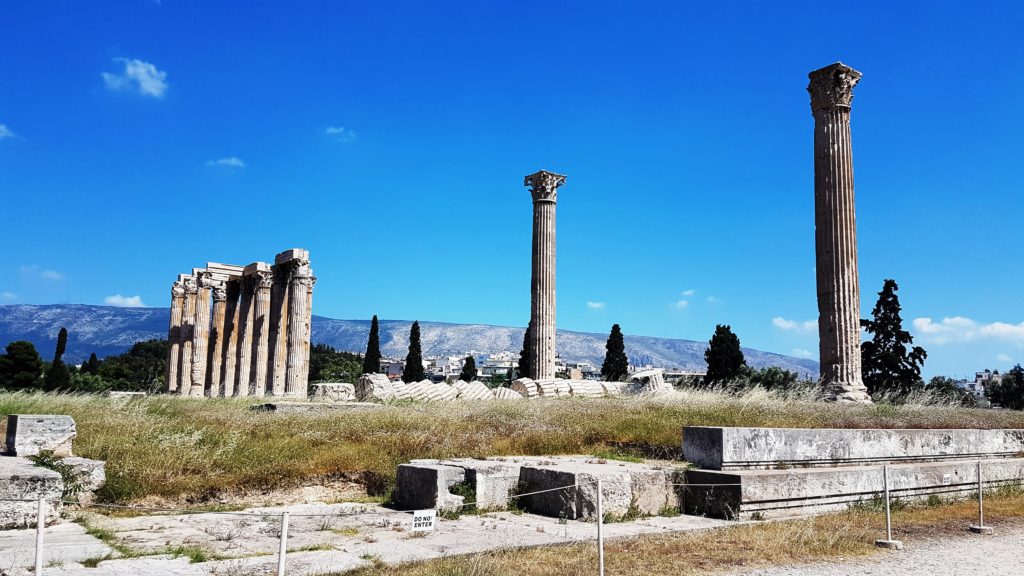
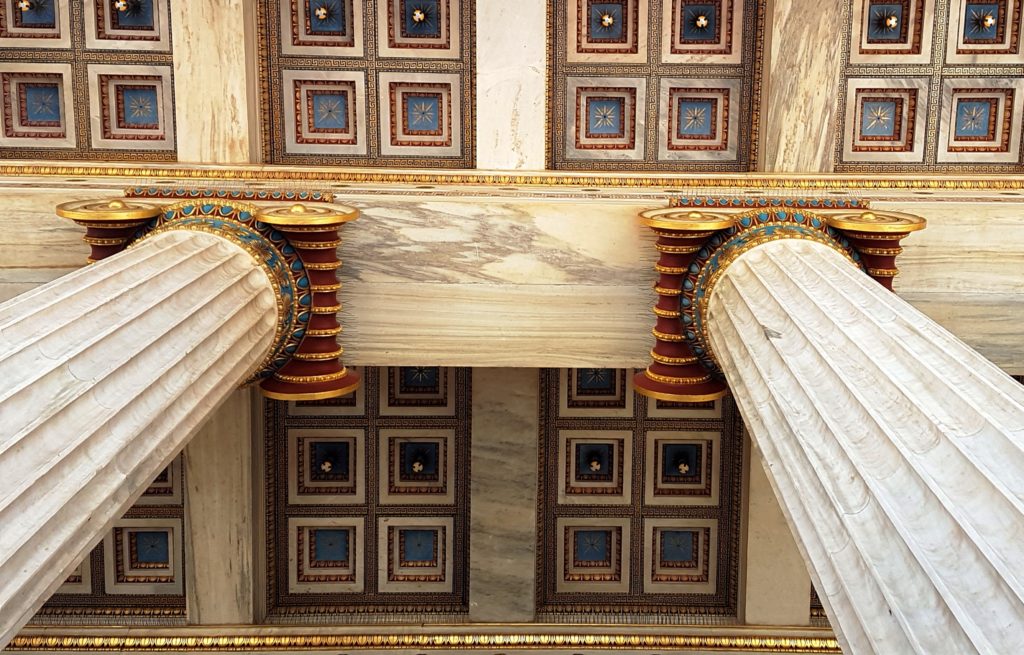
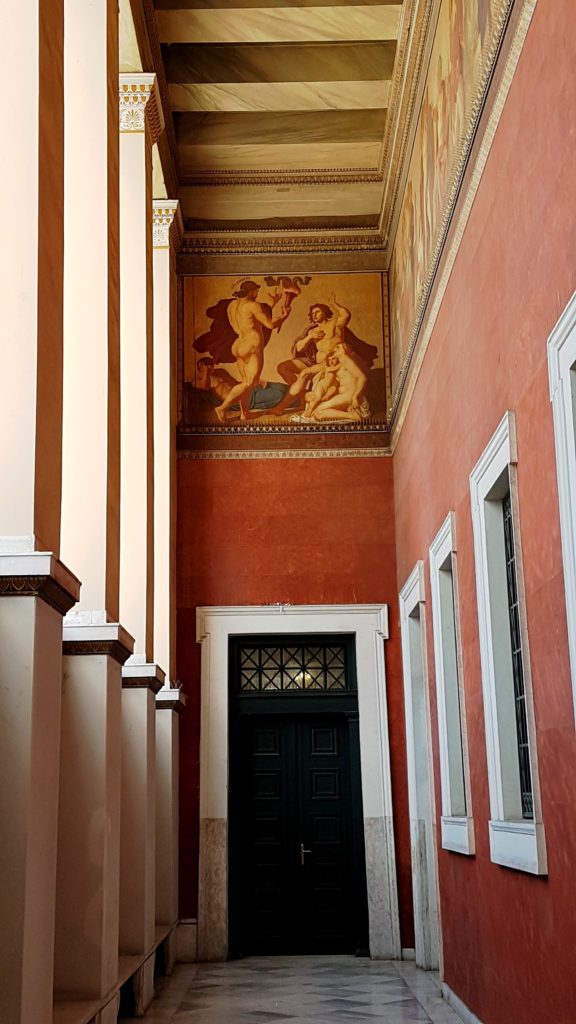
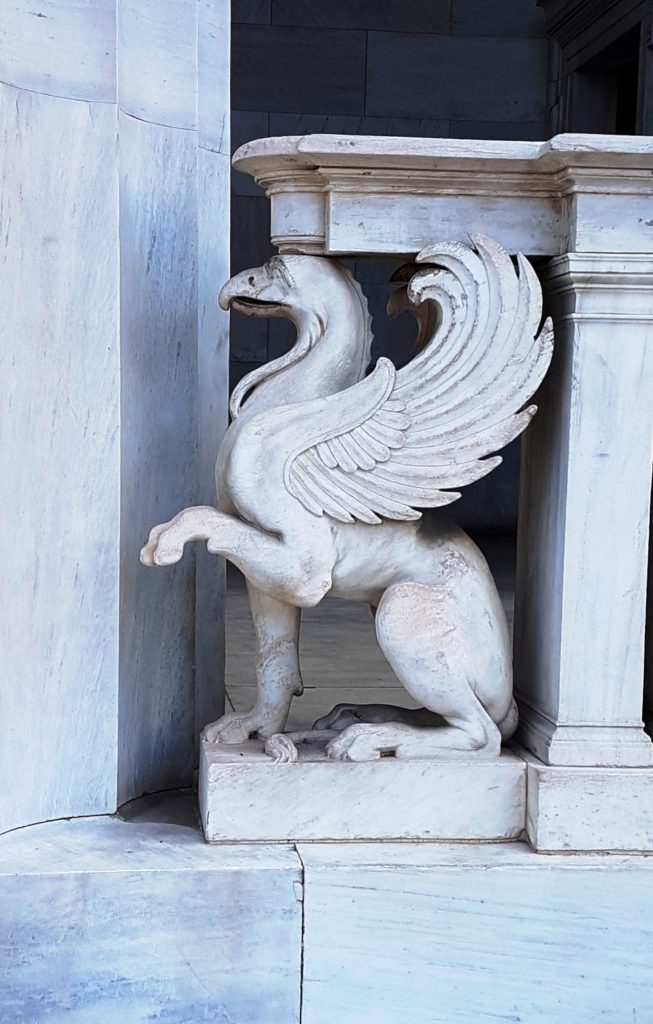
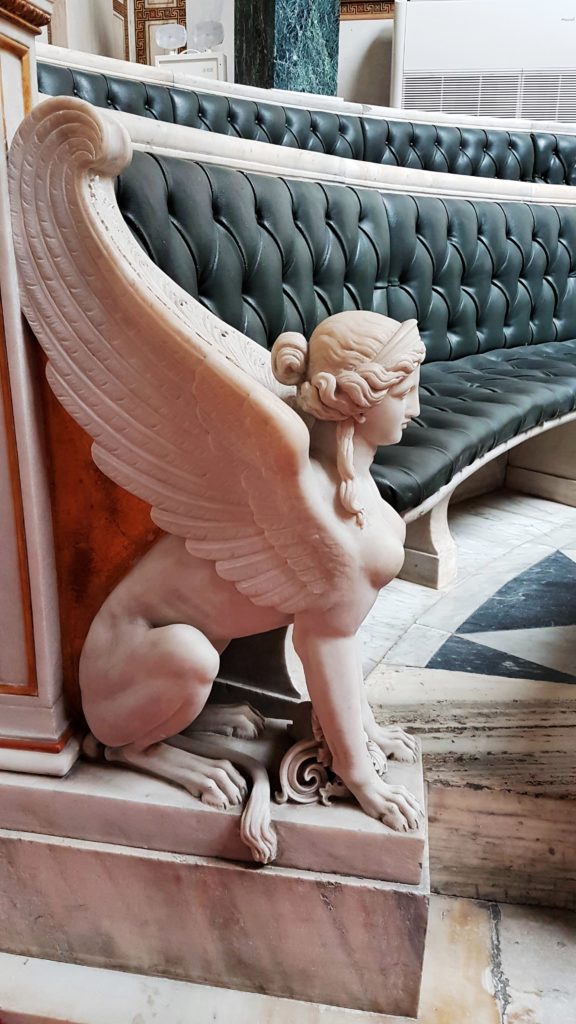
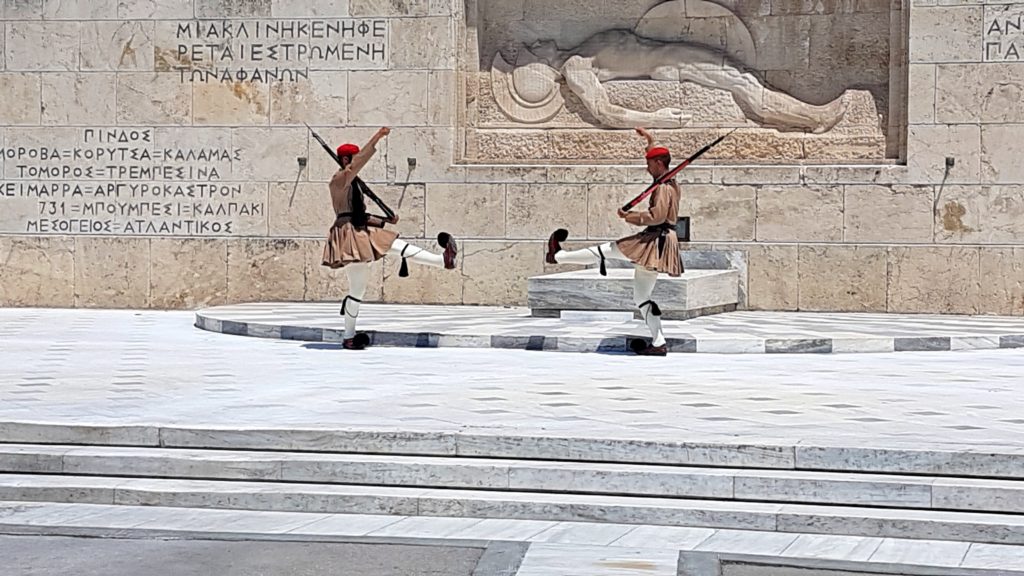
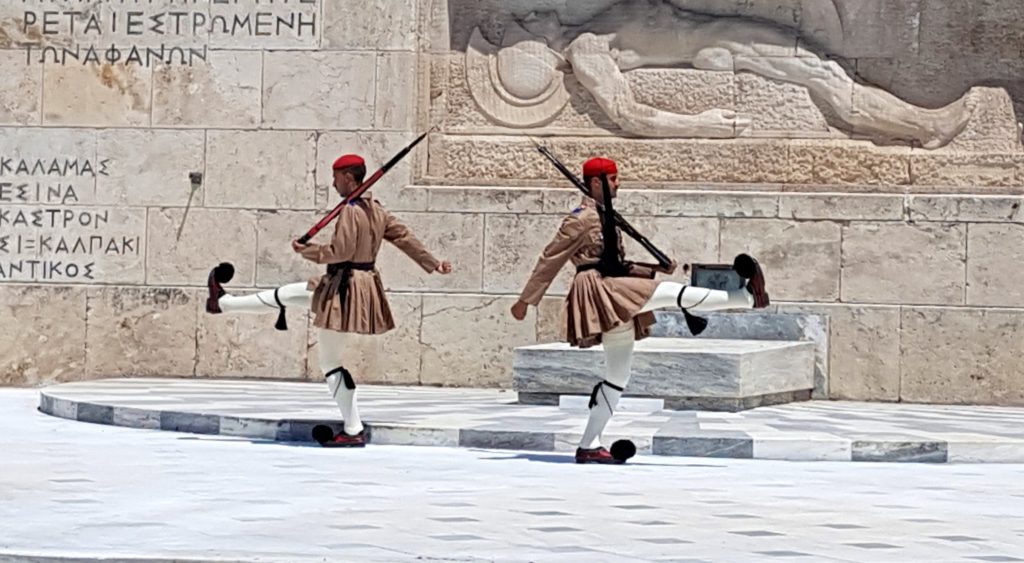

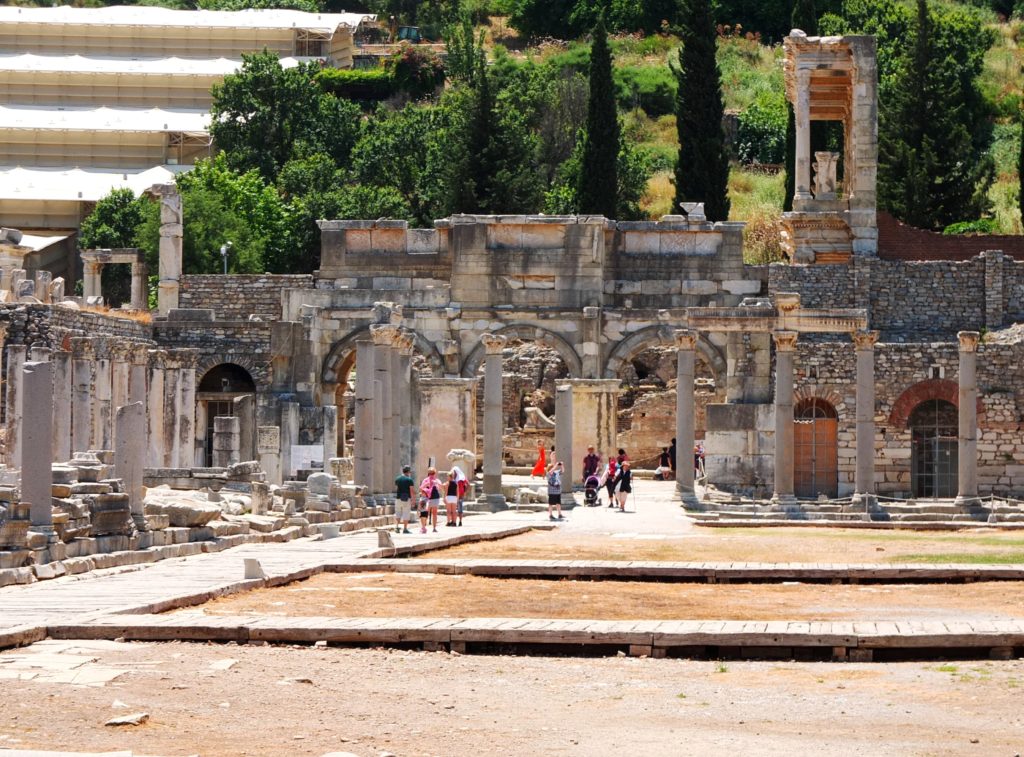
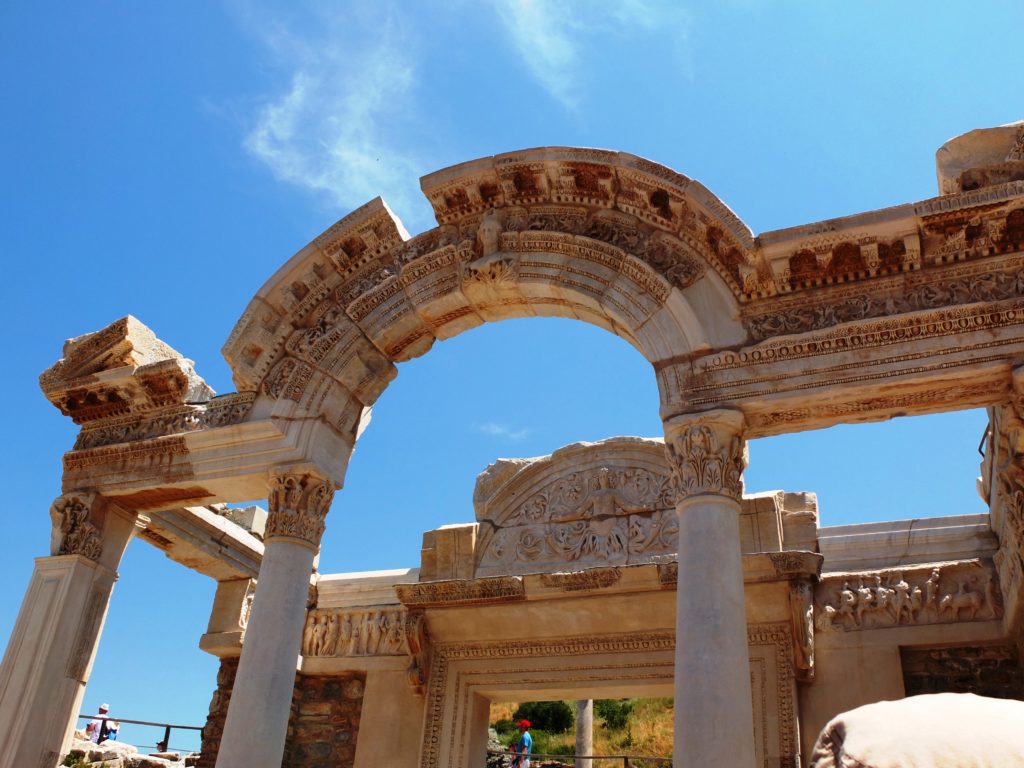
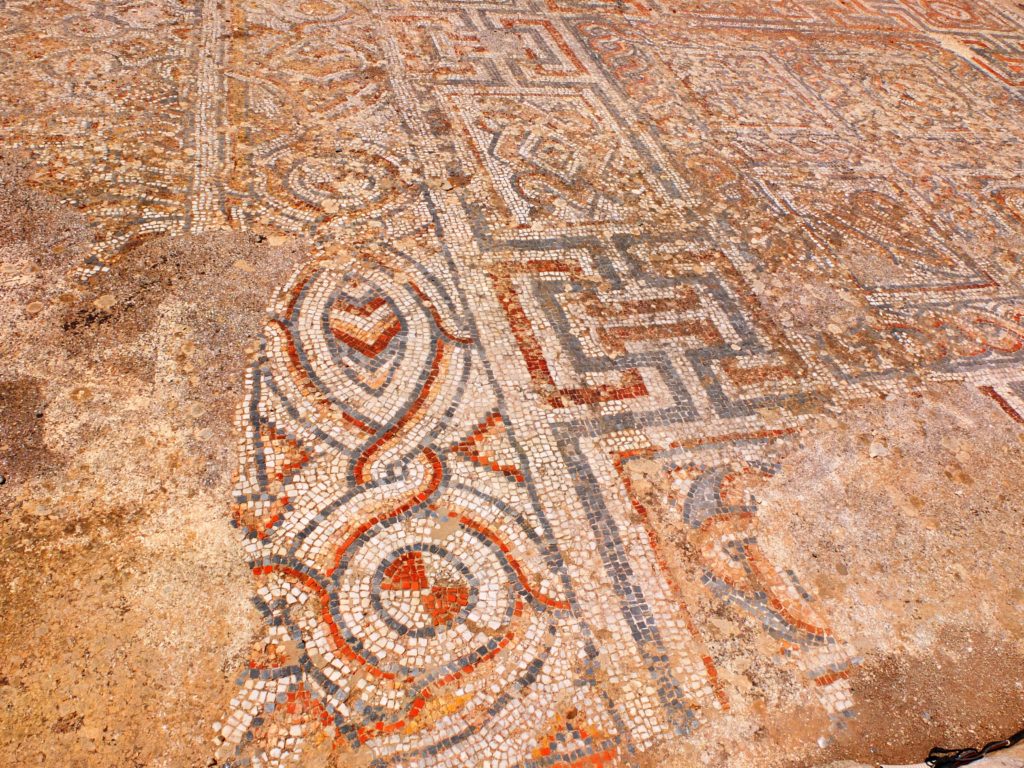
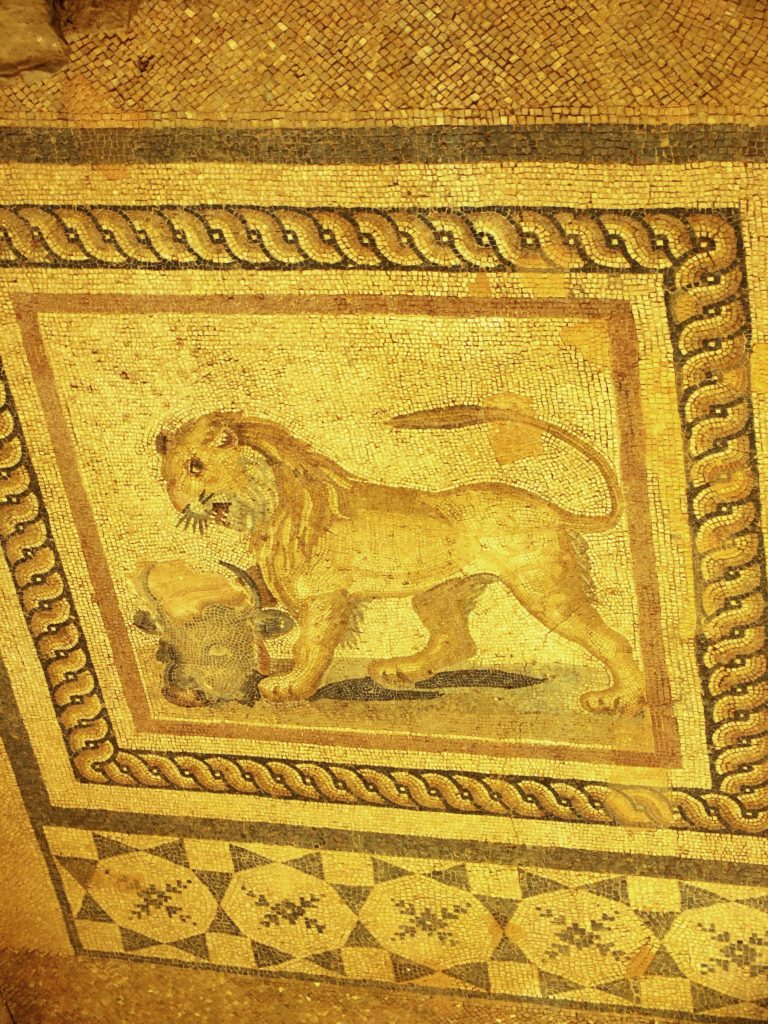
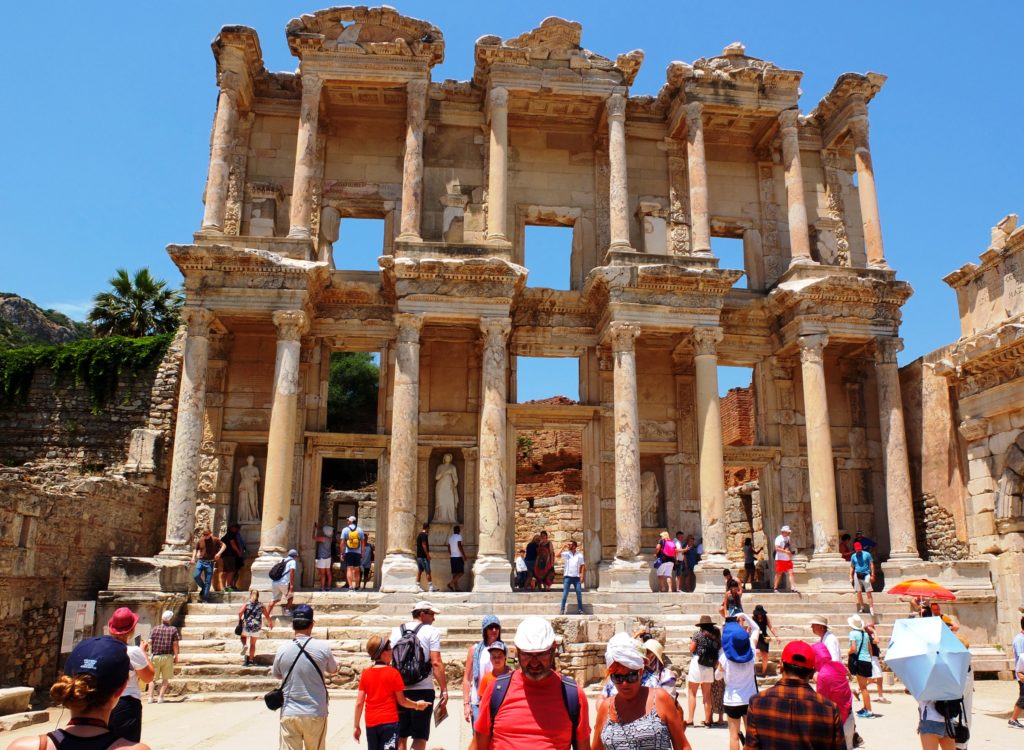
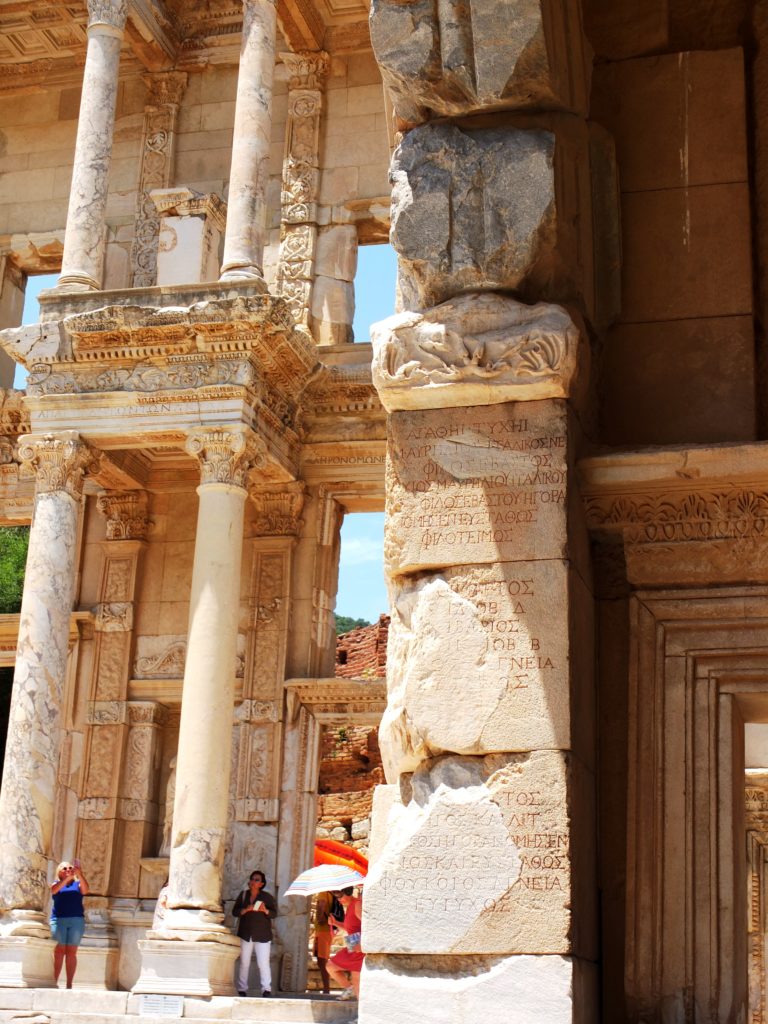
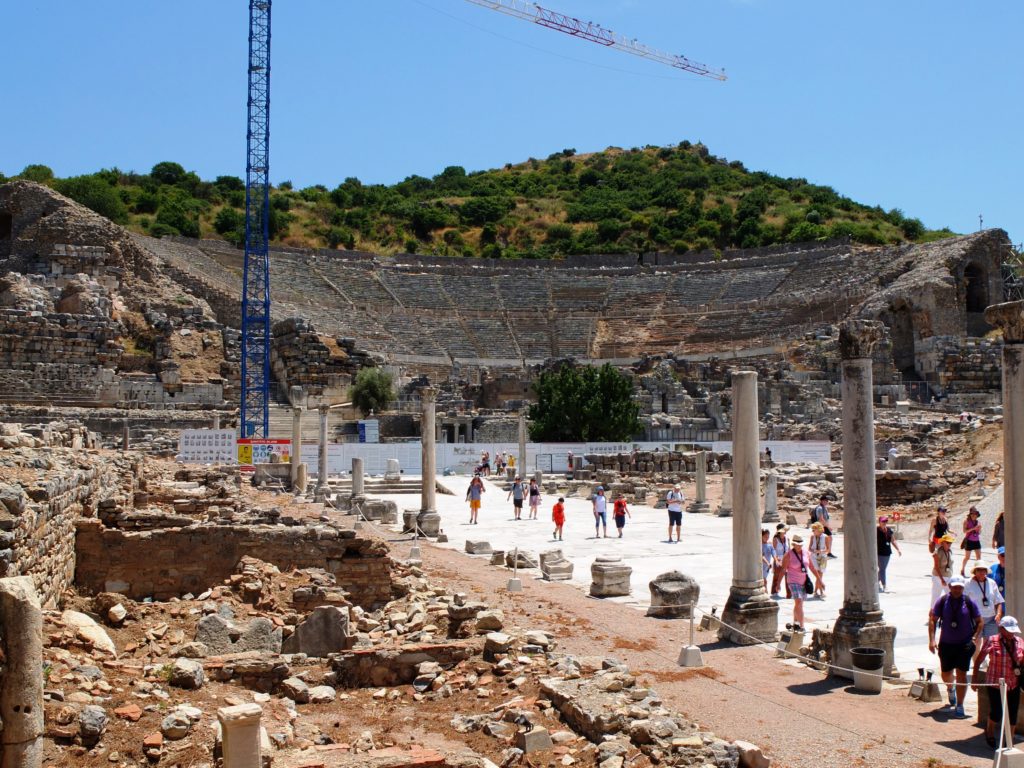
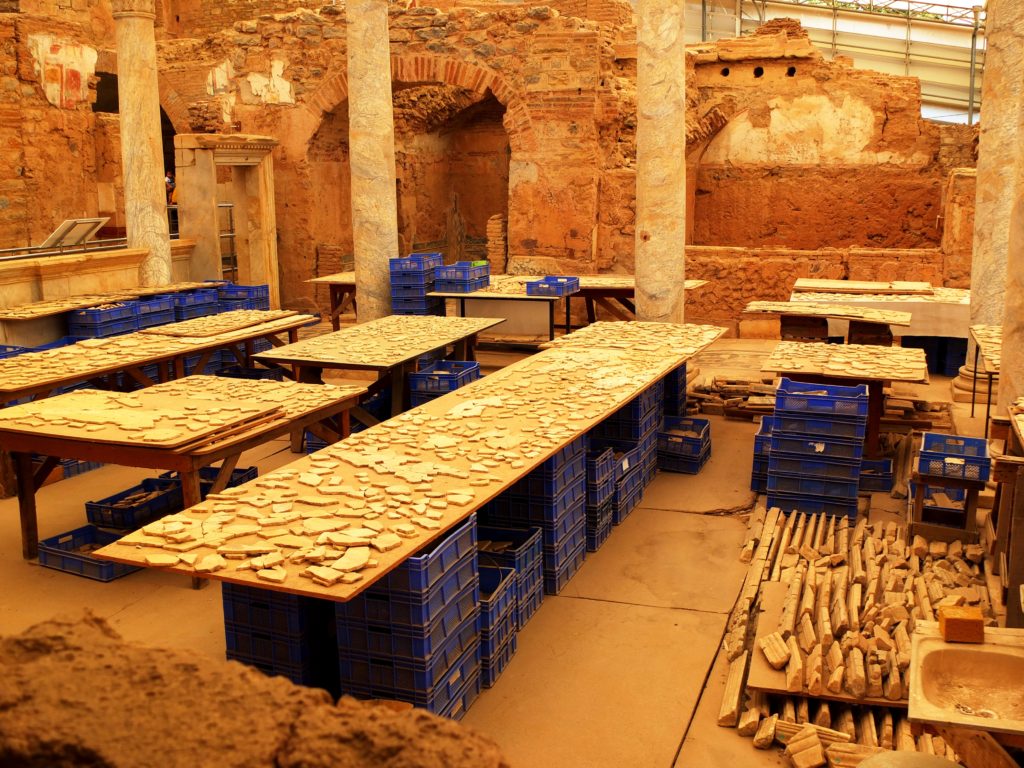
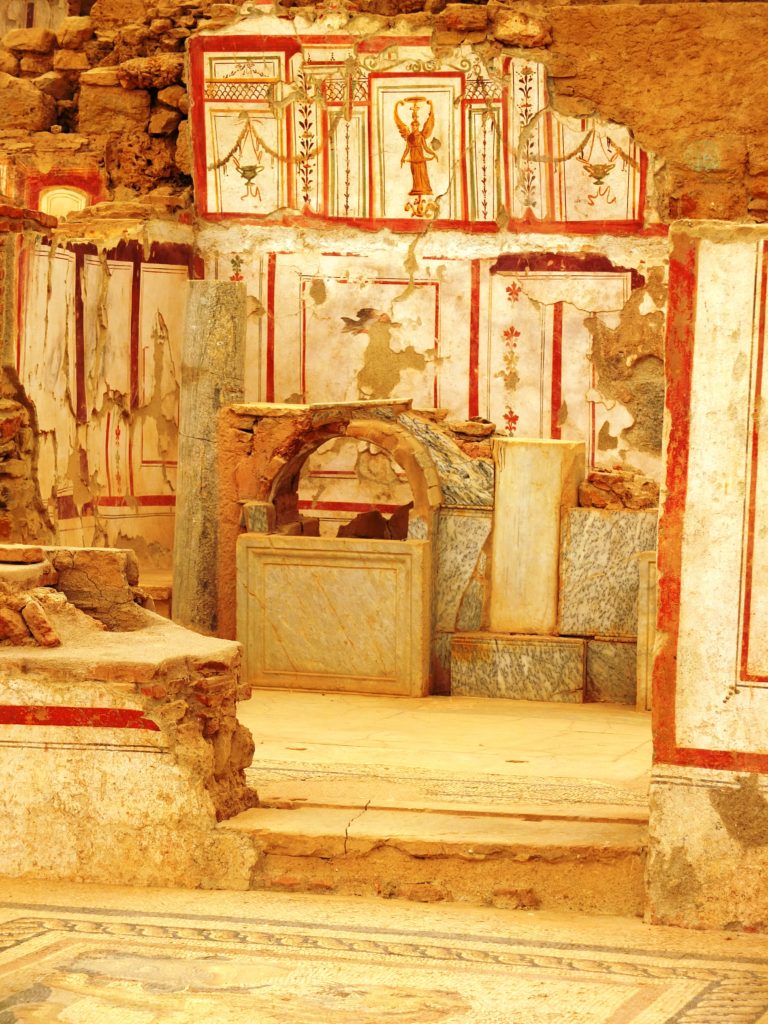
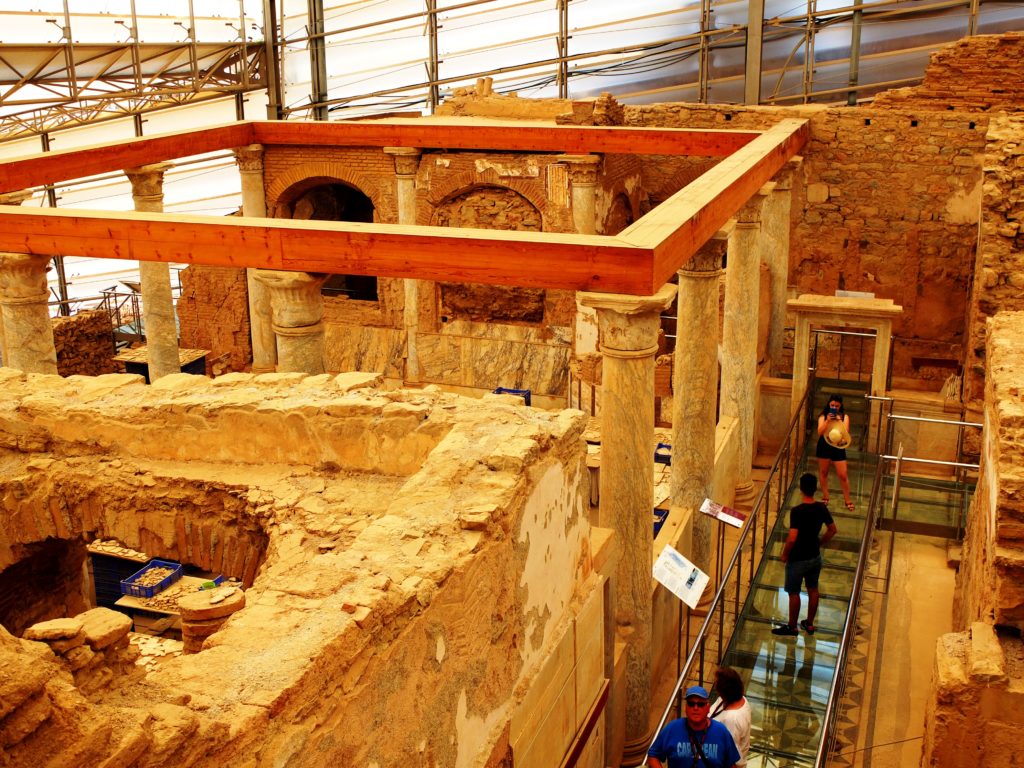










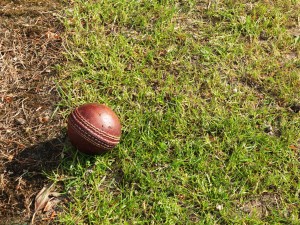
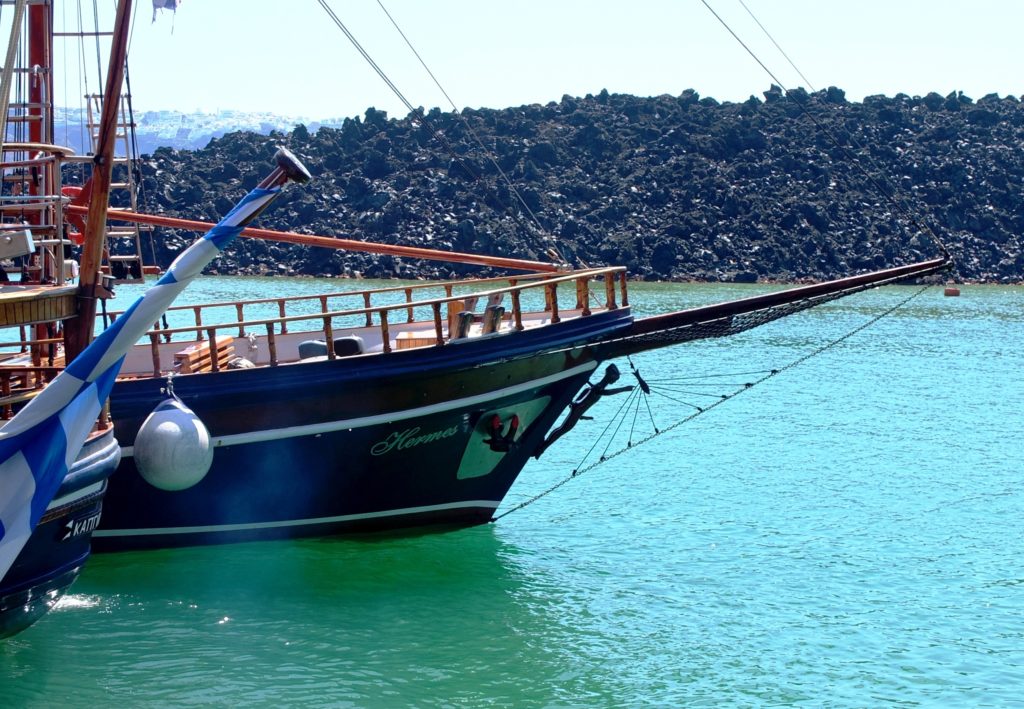
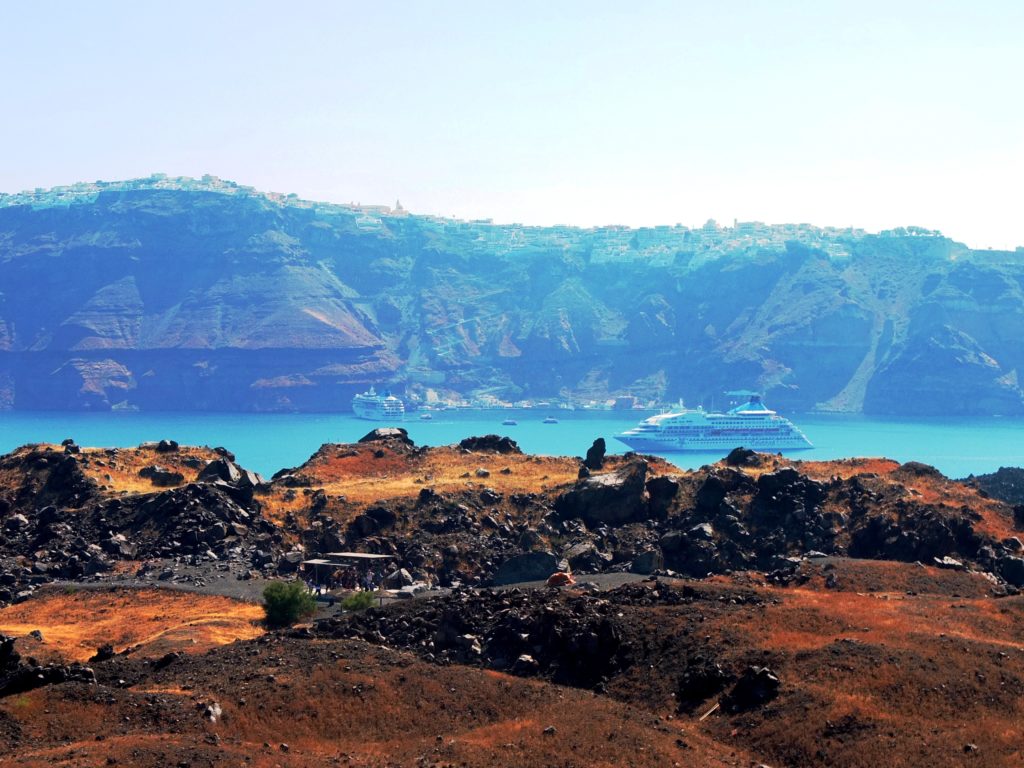
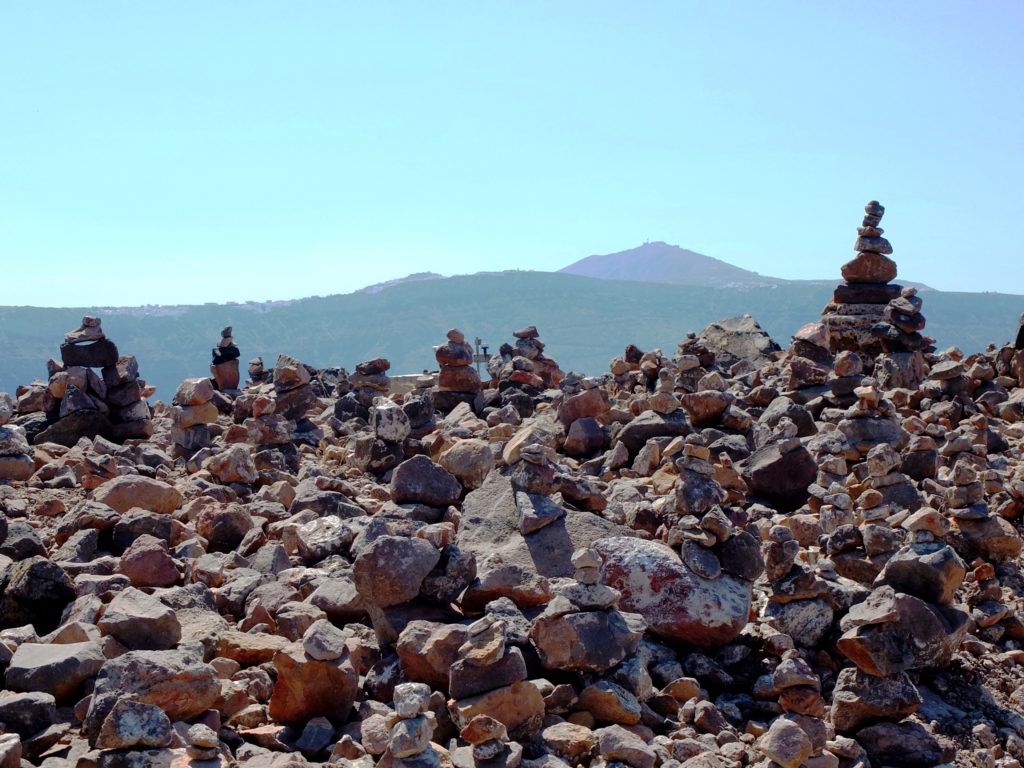
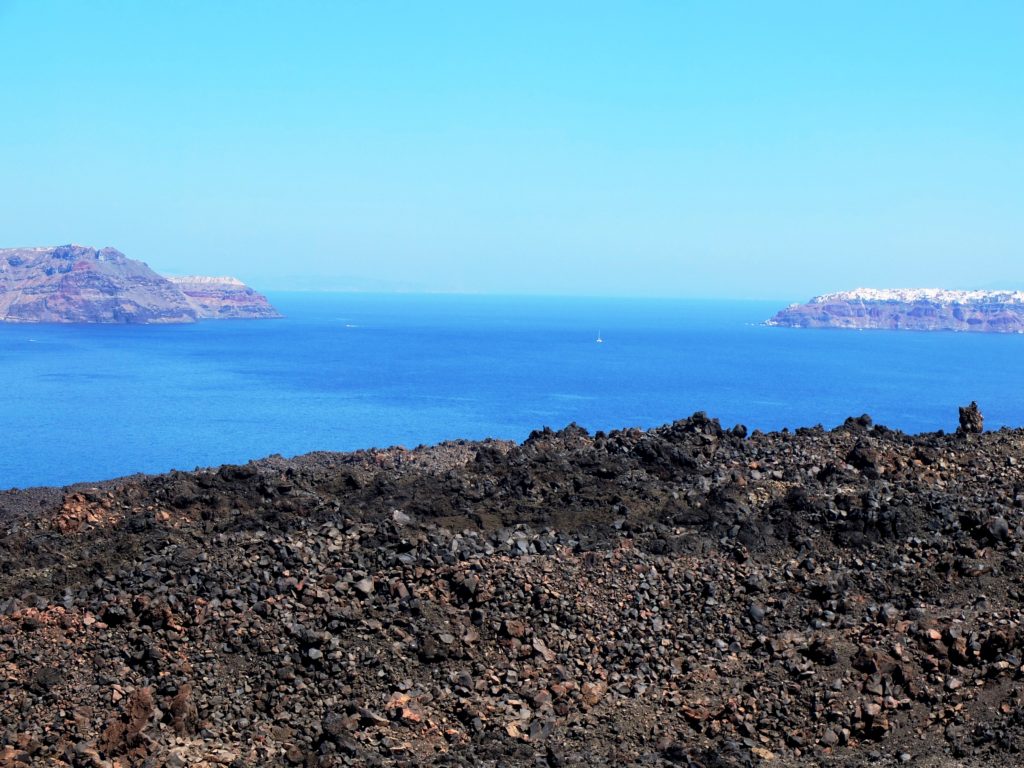
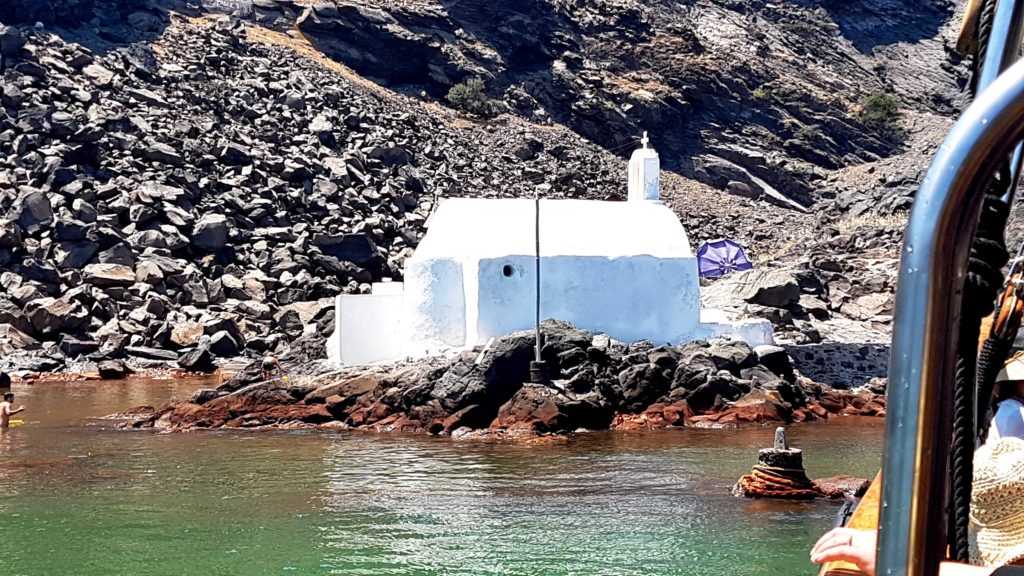
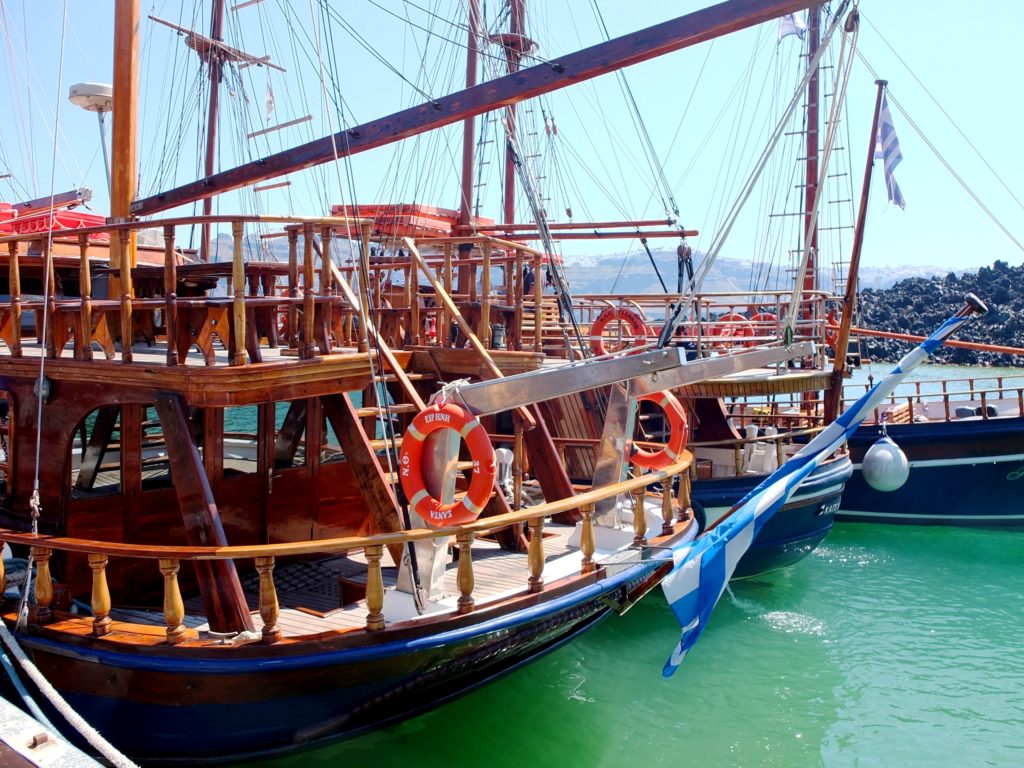
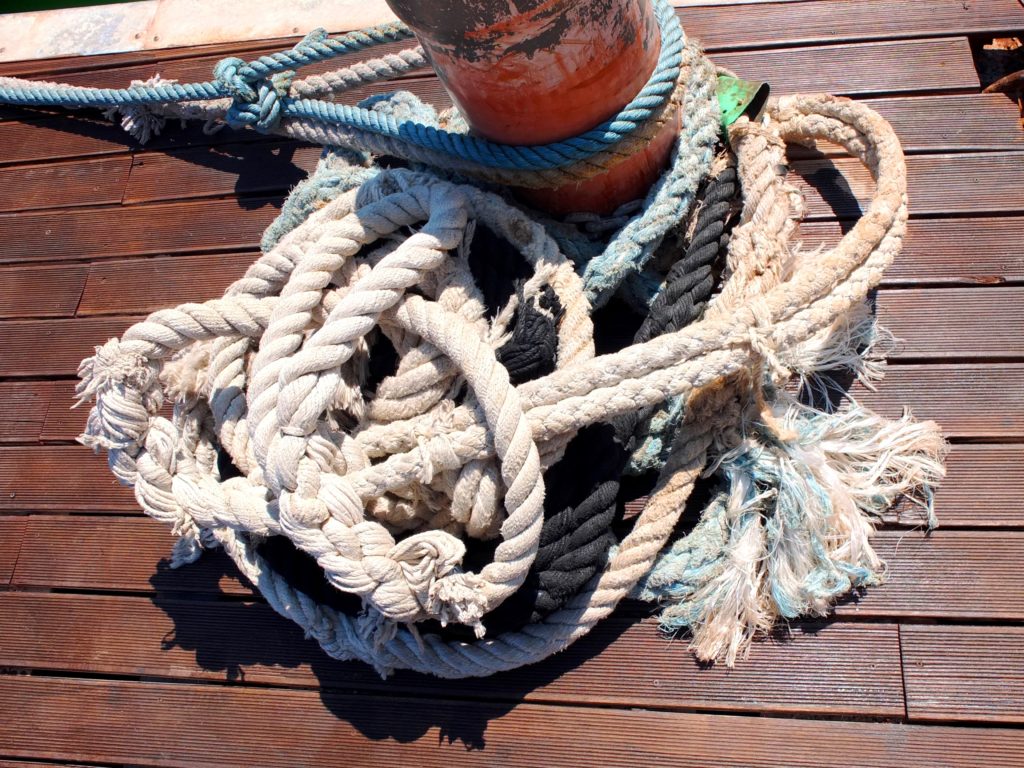
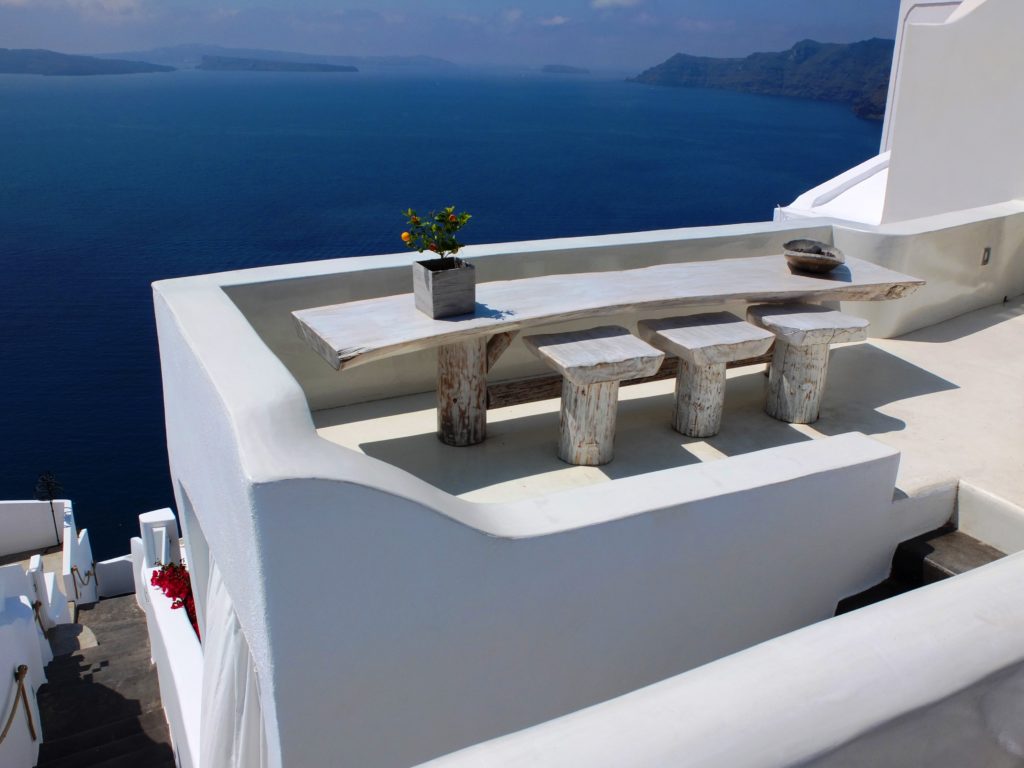
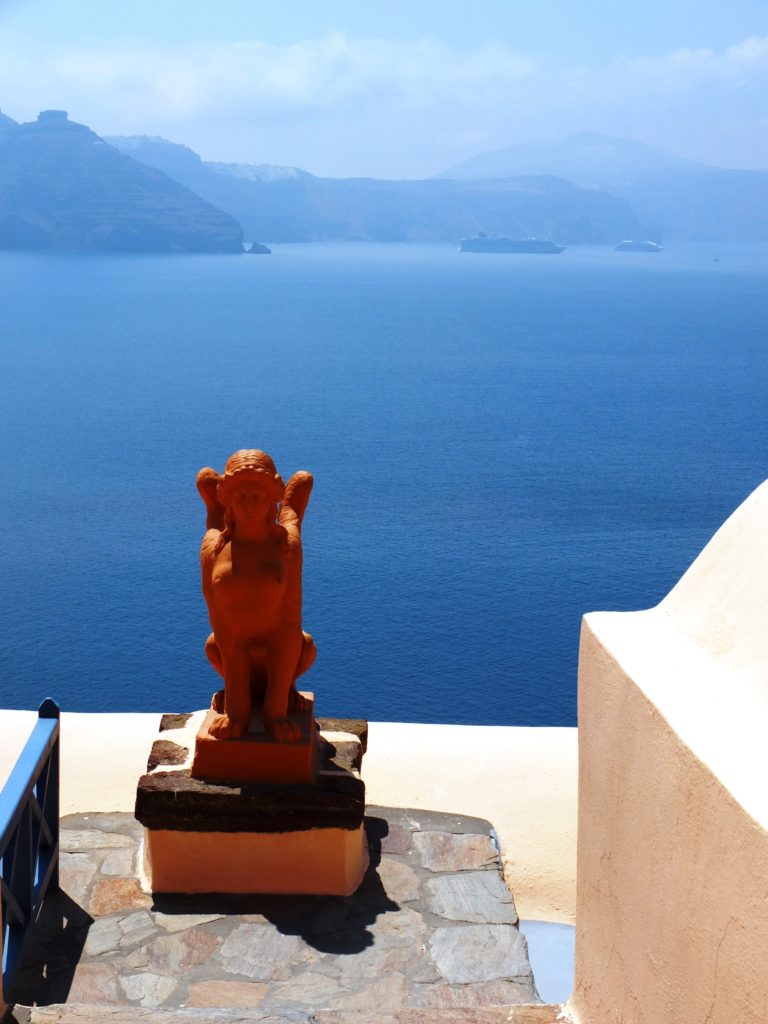
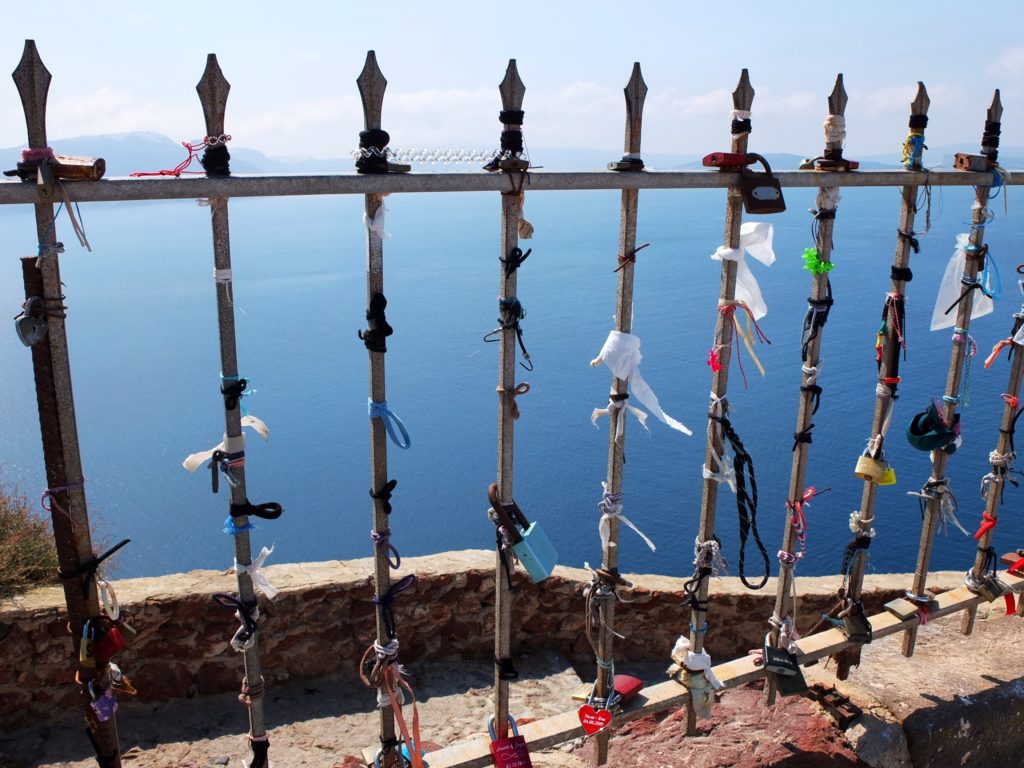
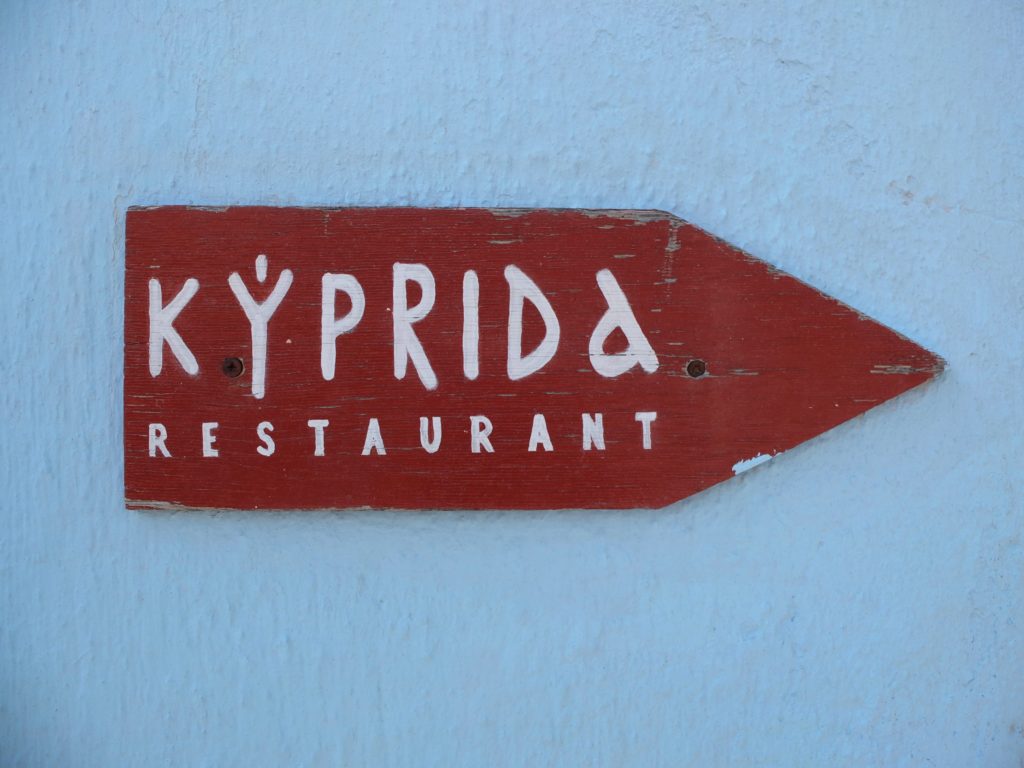
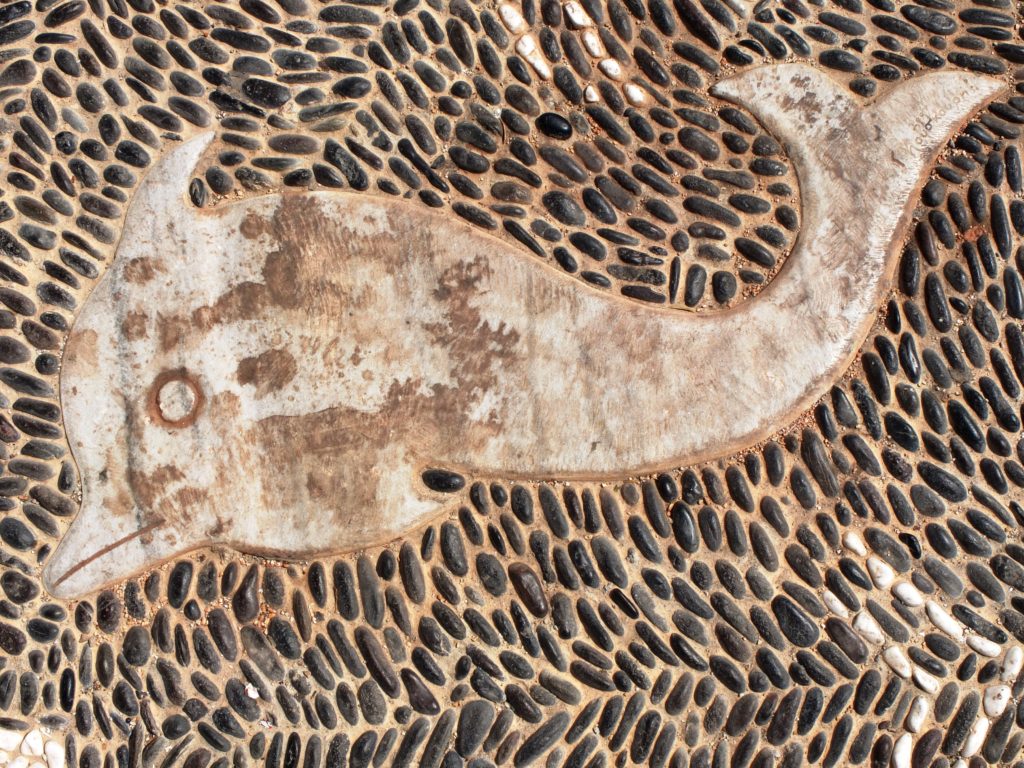
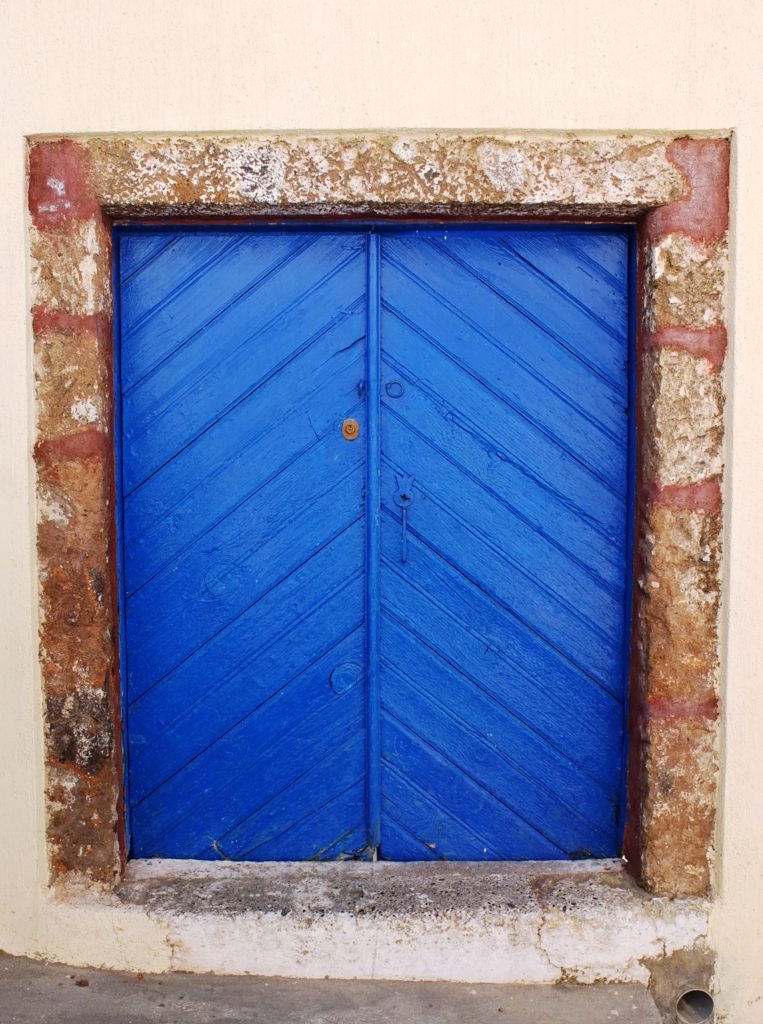
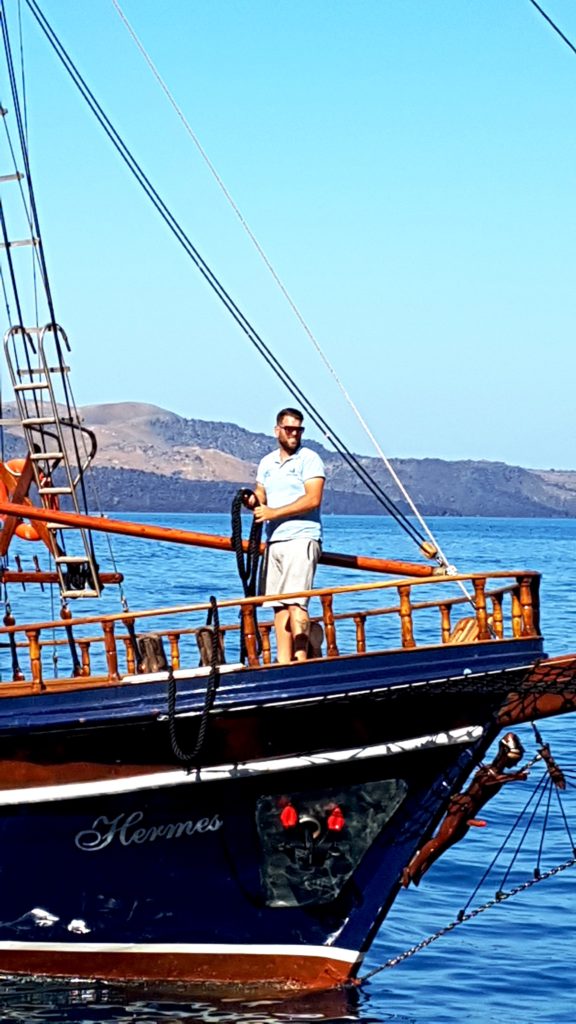
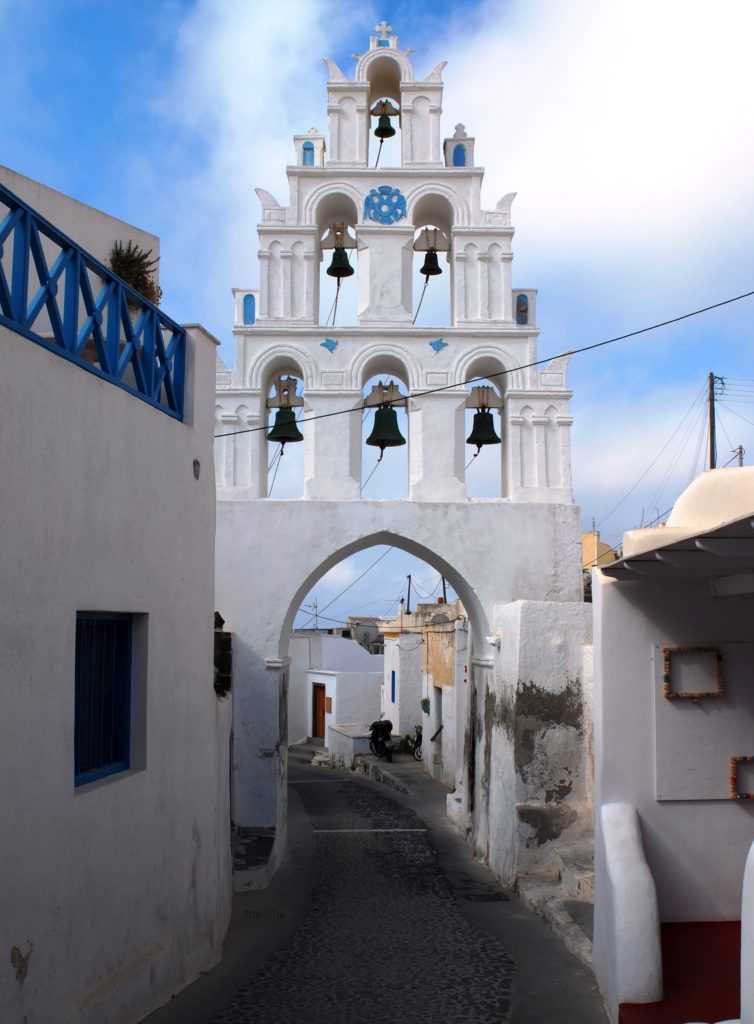
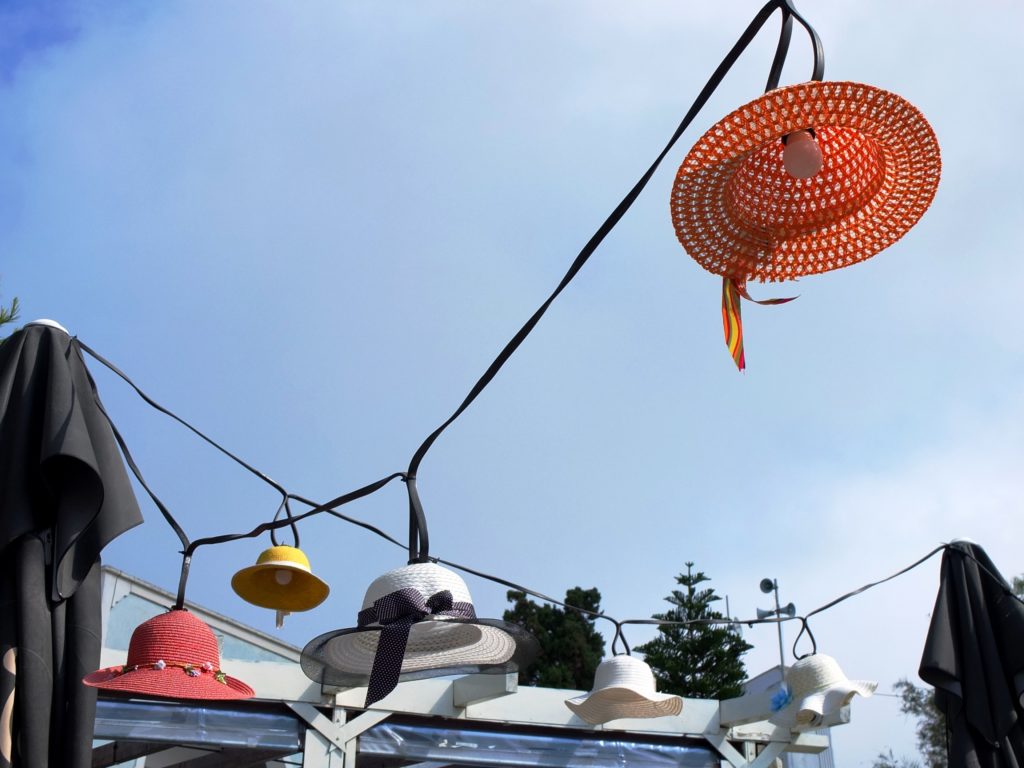
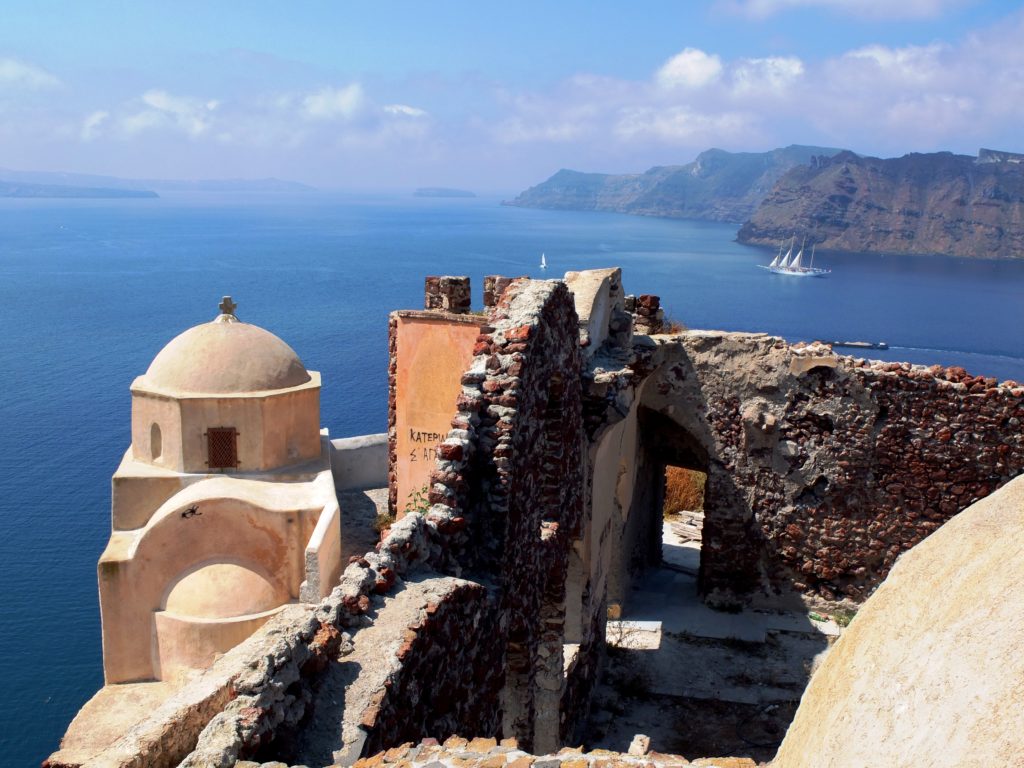
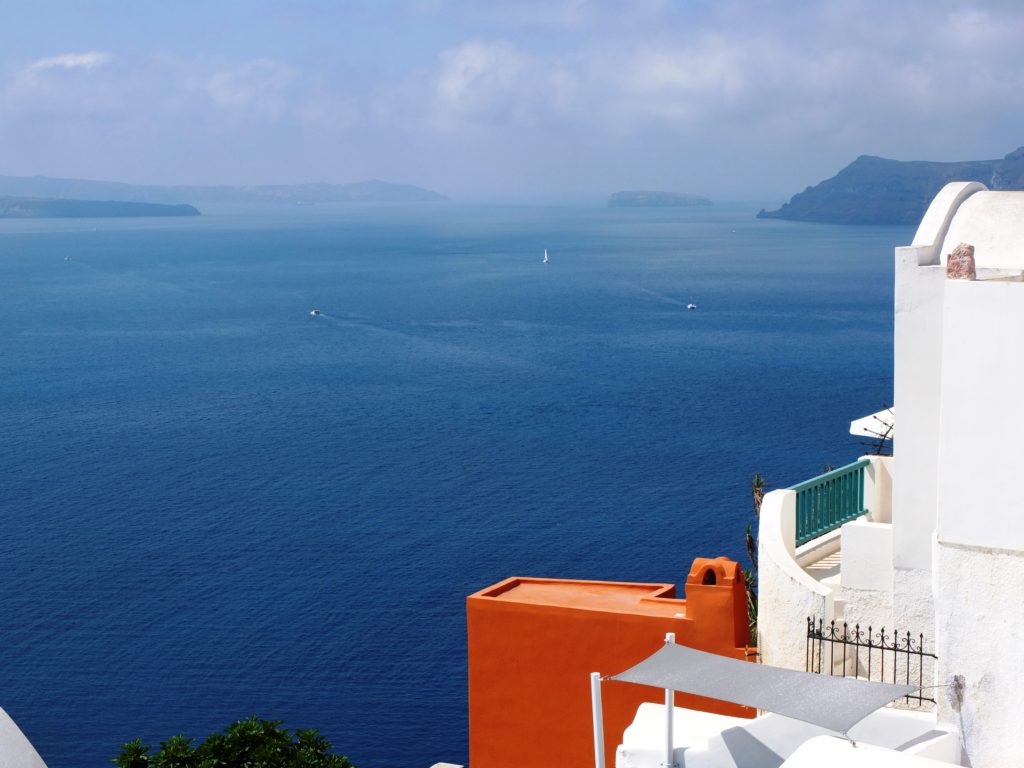
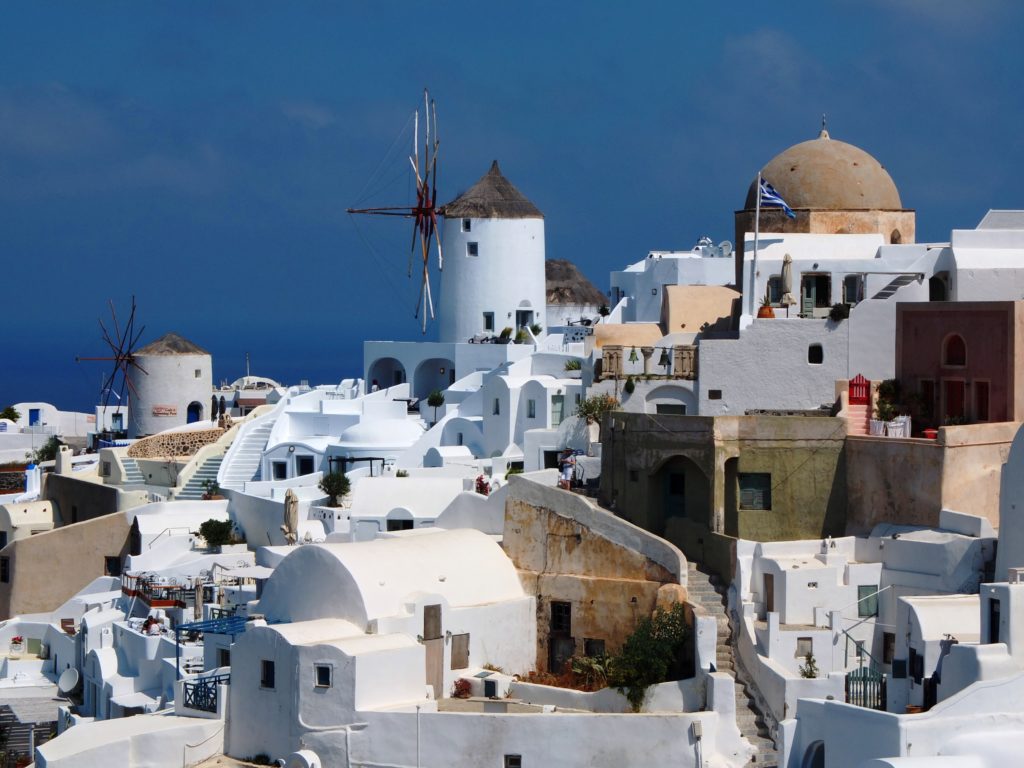
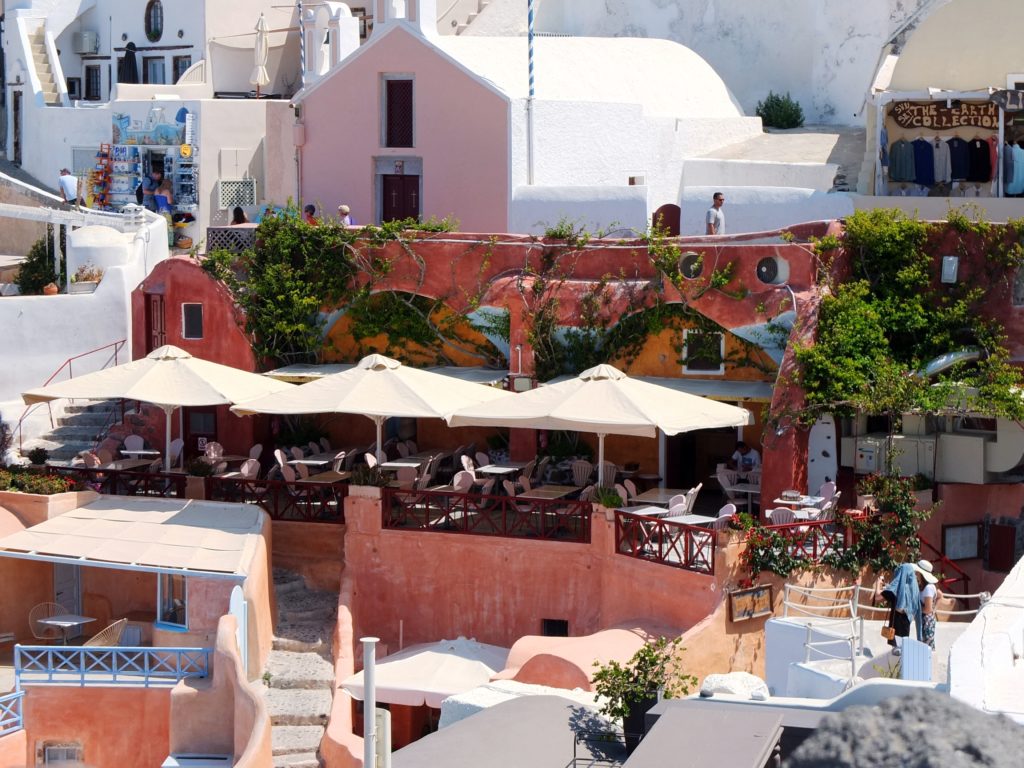
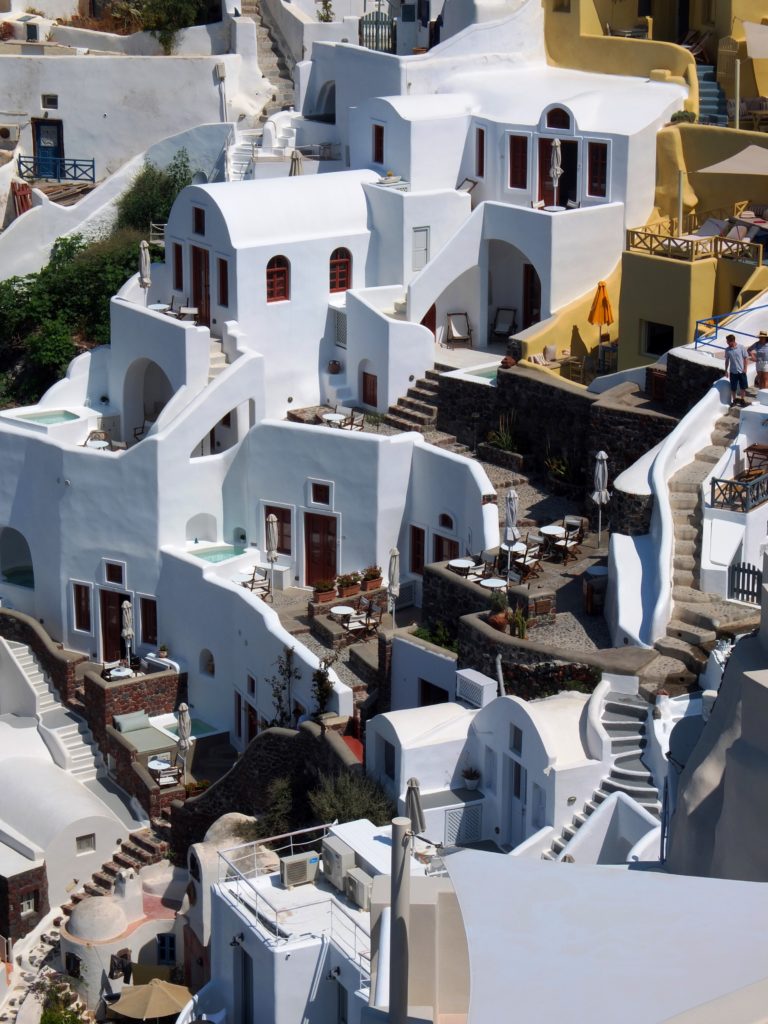
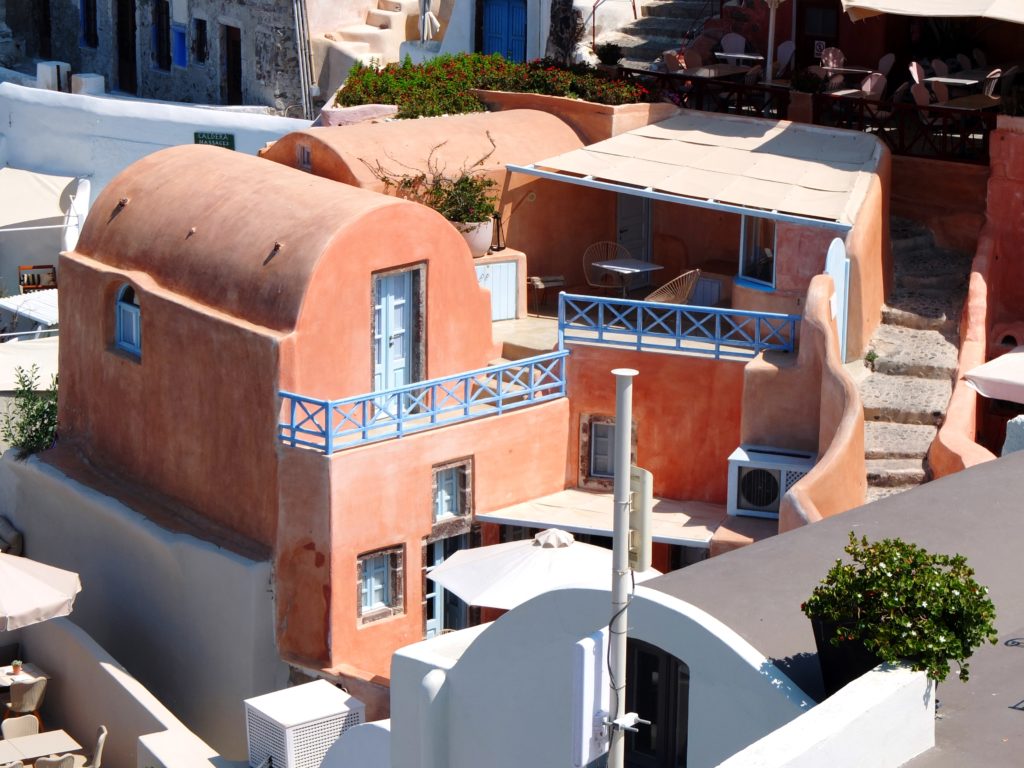
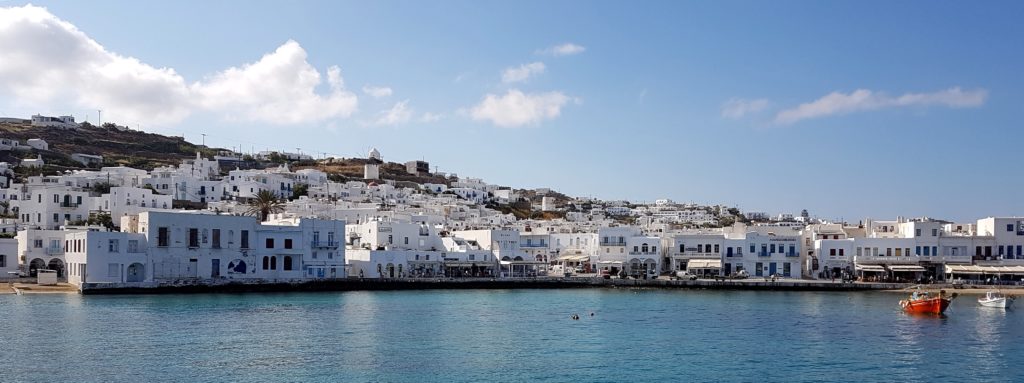
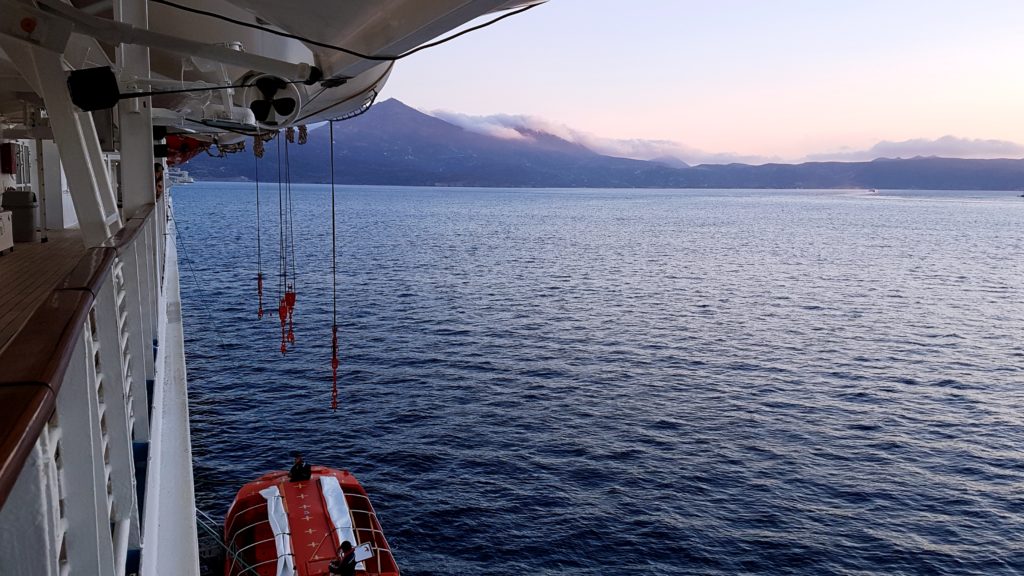
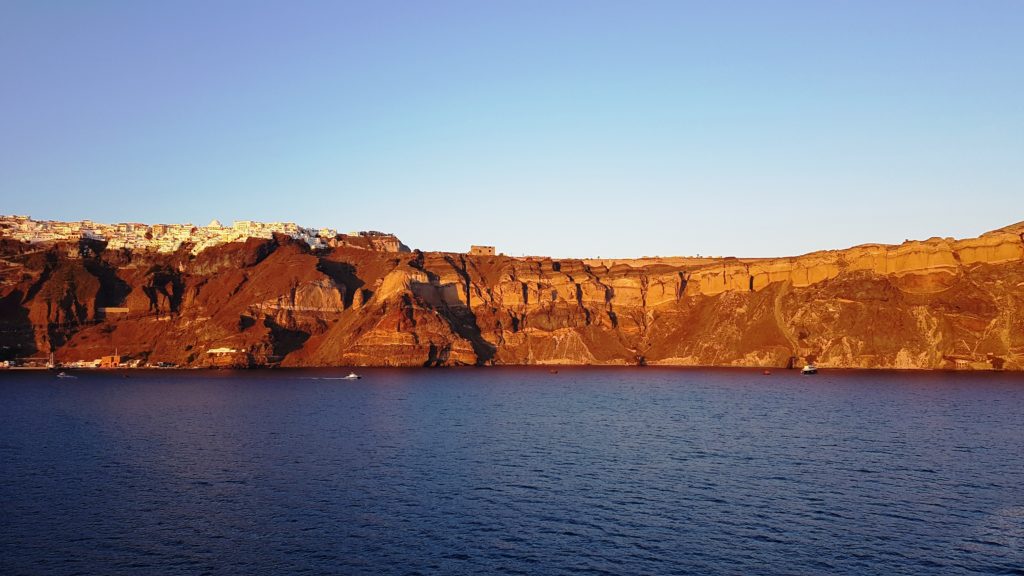
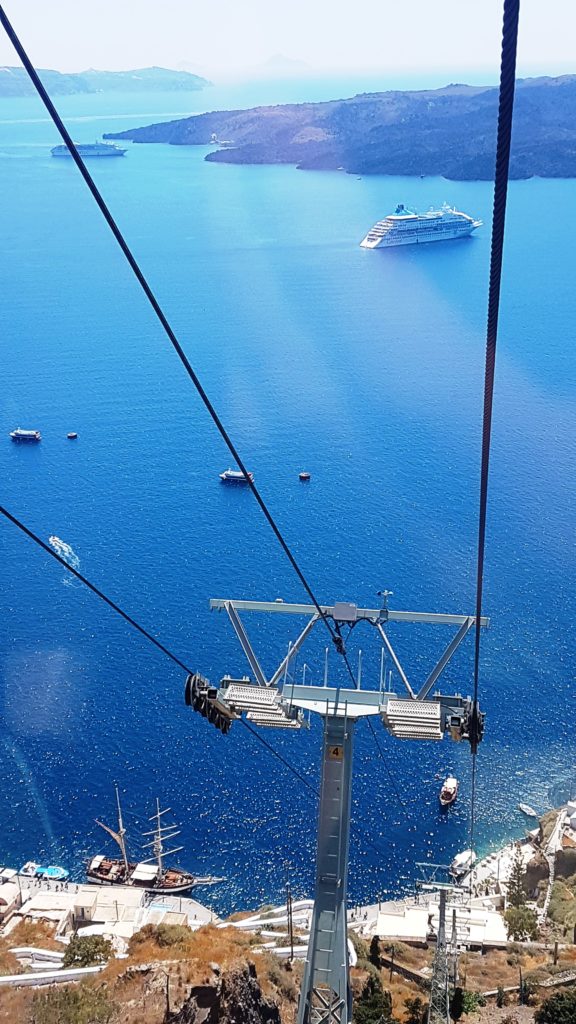
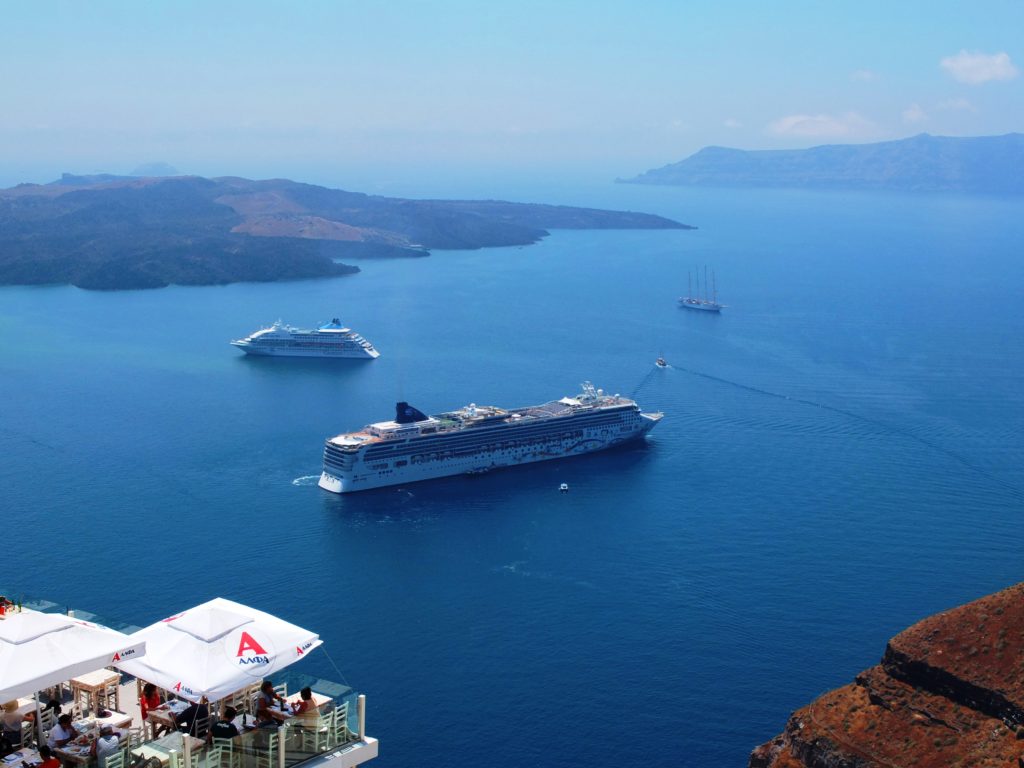
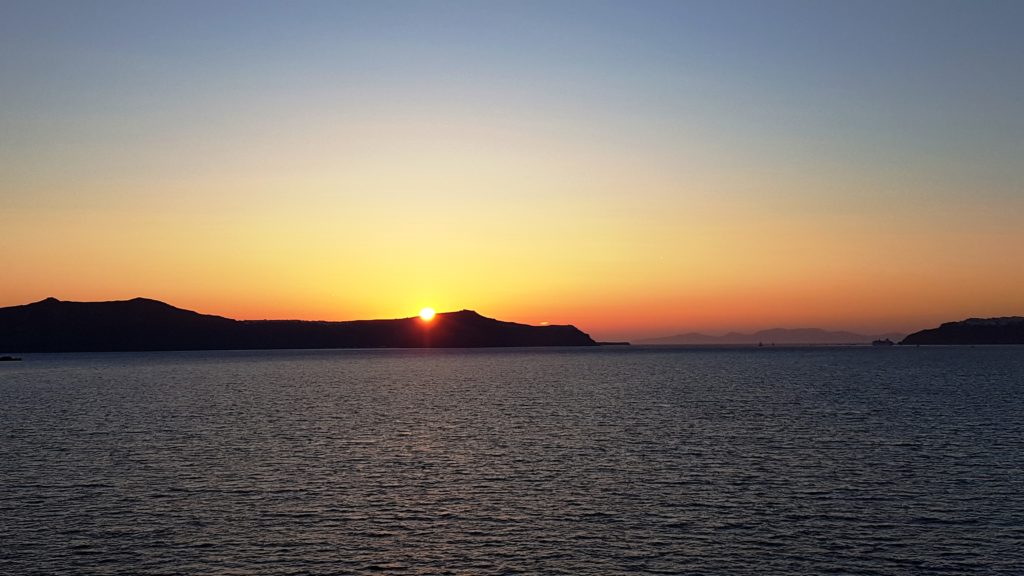
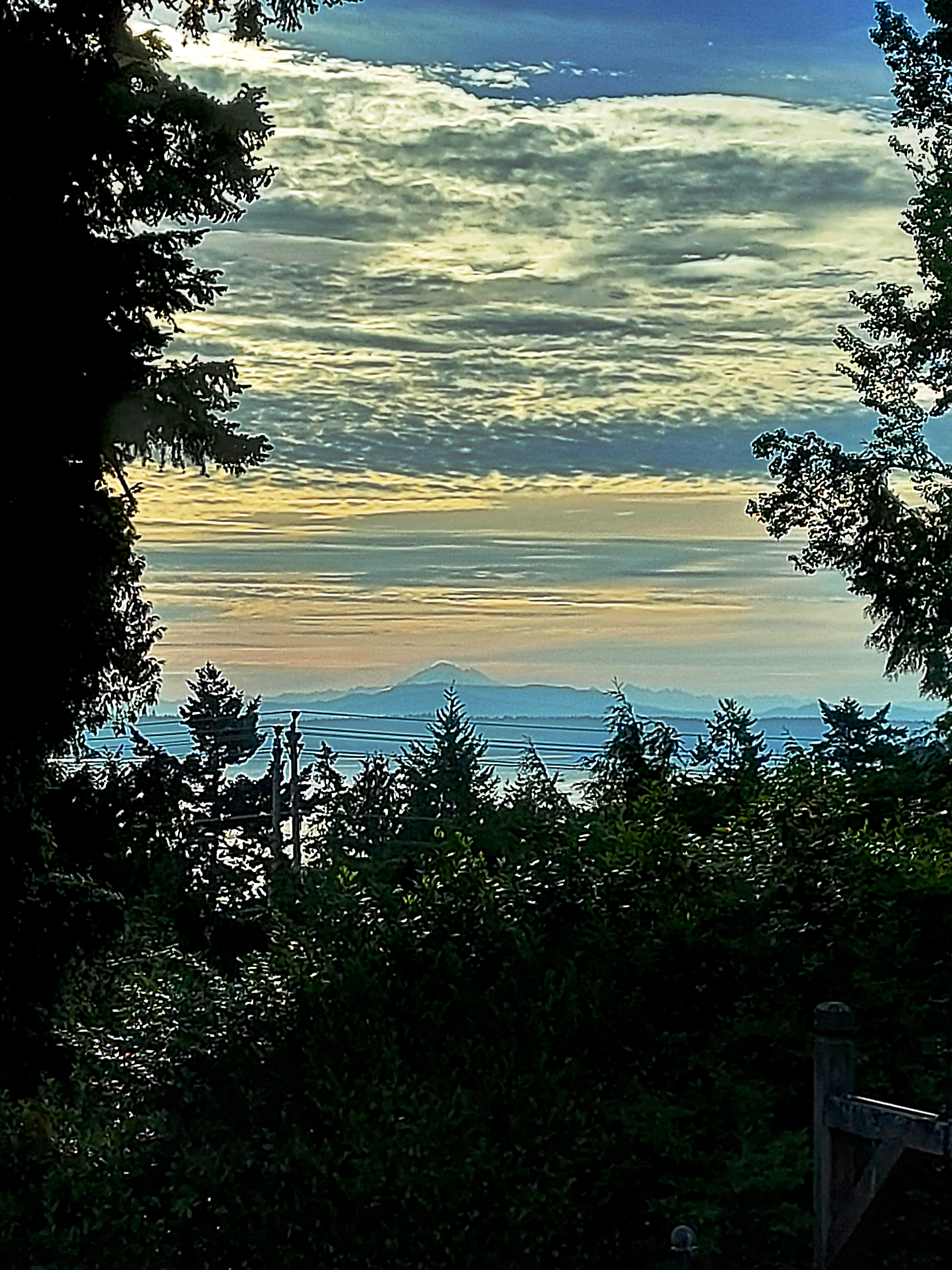


Recent Comments